Landscaping has evolved beyond traditional garden design to embrace sustainability, wellness, and multifunctional outdoor living. Modern homeowners are moving away from expansive lawns and artificial elements toward more naturalistic, eco-friendly approaches. Current trends emphasize native plants, drought-tolerant designs, and outdoor spaces that promote both environmental health and personal well-being. Whether you're working with a small urban space or a sprawling suburban yard, these landscaping ideas will help you create outdoor environments that are both beautiful and sustainable, reflecting the latest design philosophies while meeting practical needs for relaxation, entertainment, and connection with nature.
1. Sustainable Native Plant Landscaping
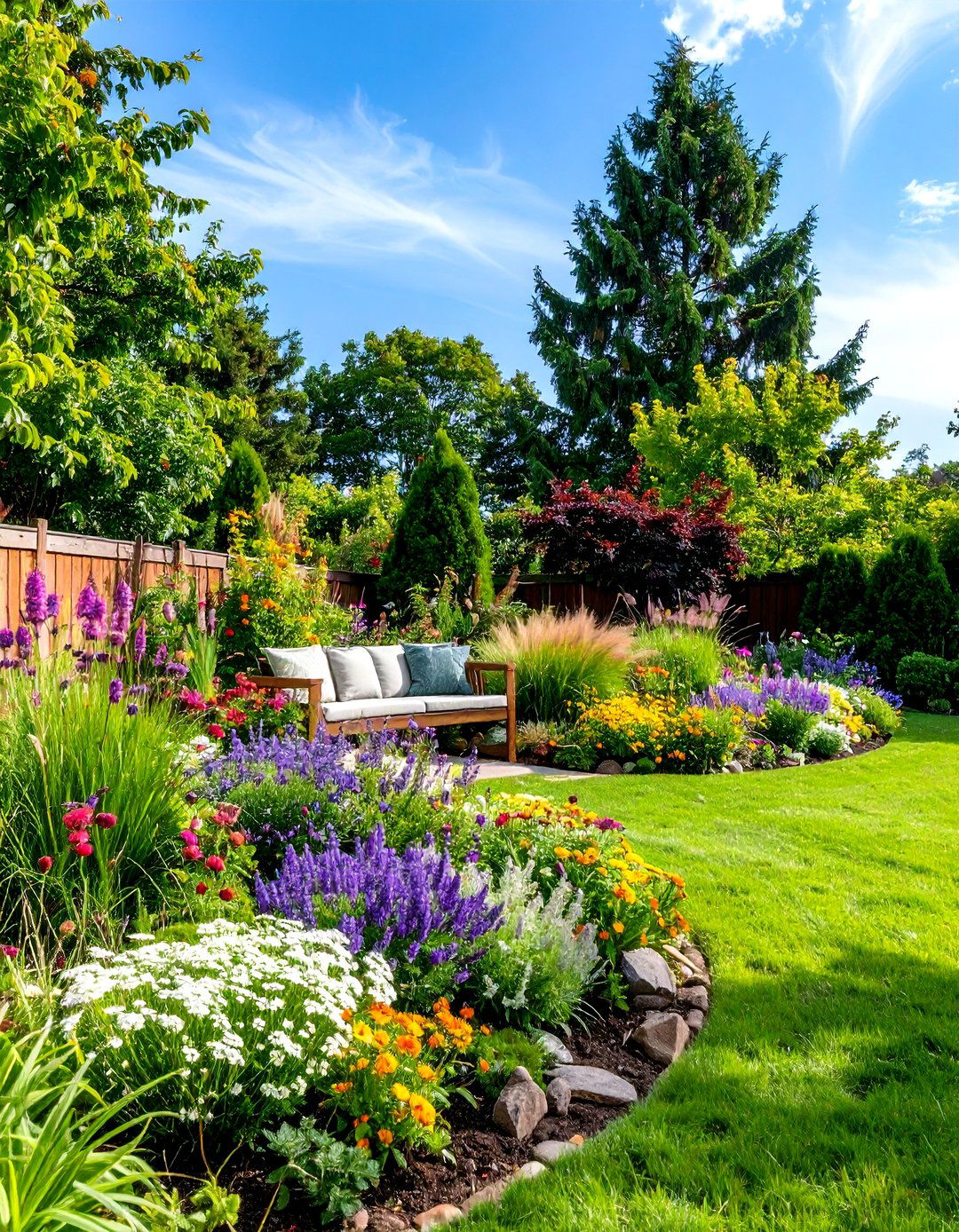
Native plants are at the forefront of 2025 landscaping trends, offering well-adapted species that require minimal water and maintenance while supporting local ecosystems. This comprehensive landscaping approach involves replacing traditional ornamental plants with regionally appropriate species that naturally thrive in your climate. Native plant landscapes attract beneficial pollinators like bees and butterflies while reducing the need for chemical fertilizers and pesticides. Consider incorporating native grasses, wildflowers, and shrubs that provide year-round interest through seasonal blooms and foliage changes. These landscapes often feature naturalistic groupings that mimic how plants grow in the wild, creating authentic habitat corridors for local wildlife. The result is a low-maintenance, environmentally responsible landscape that celebrates your region's natural beauty while reducing water consumption and supporting biodiversity.
2. Modern Drought-Tolerant Landscaping Design
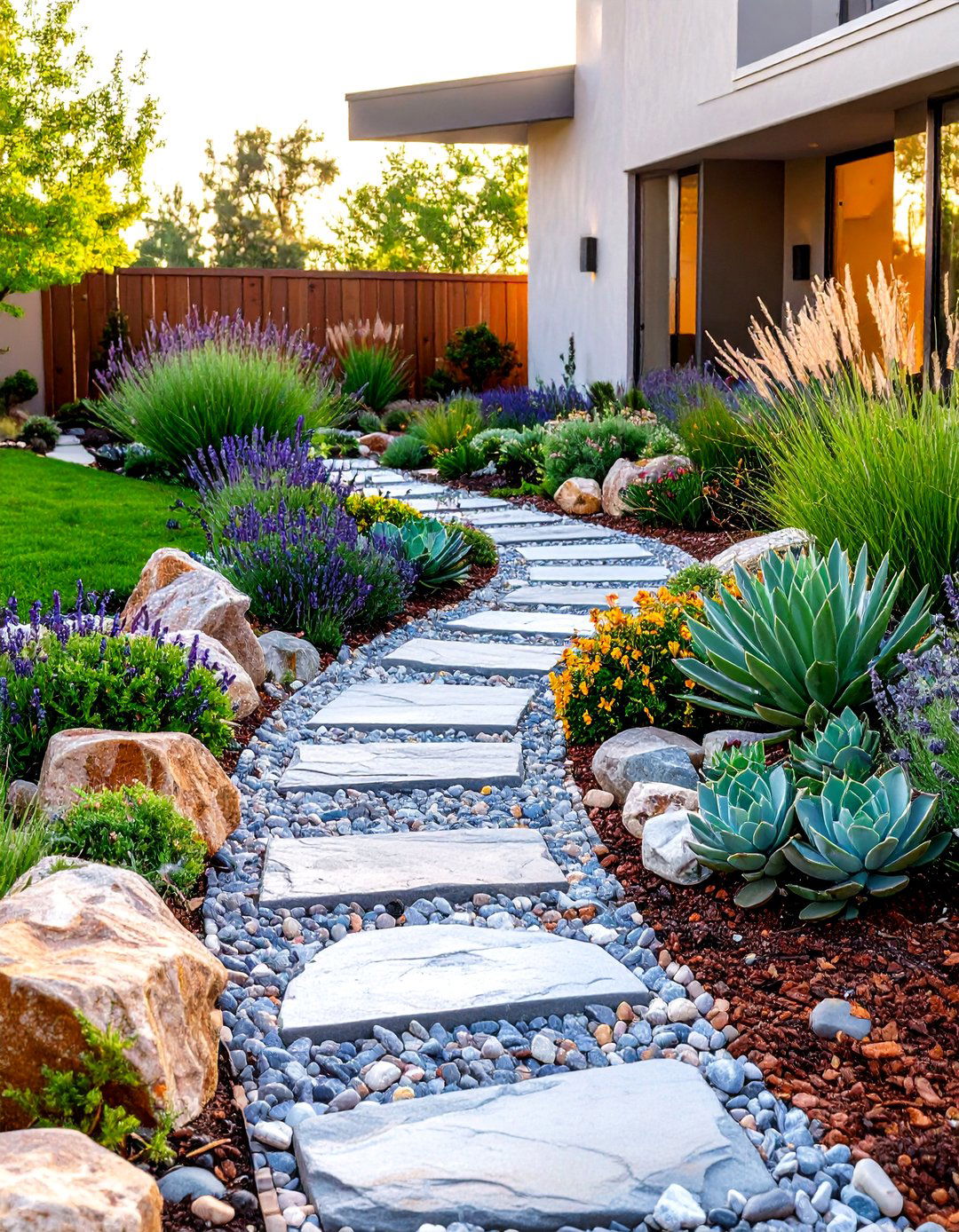
Drought-tolerant landscaping, also known as xeriscaping, is gaining popularity as homeowners seek water-efficient alternatives to traditional gardens. This landscaping style combines architectural plants like succulents, ornamental grasses, and Mediterranean herbs with decorative hardscape elements such as gravel pathways and stone features. Rock gardens serve as focal points while mulch and strategic plant placement help conserve moisture and prevent soil erosion. The design emphasizes clean lines, geometric shapes, and a cohesive color palette that creates visual impact without requiring extensive irrigation. Popular plant choices include lavender, rosemary, ornamental grasses, and architectural succulents that provide texture and seasonal interest. This landscaping approach not only reduces water usage by up to 80% but also creates a sophisticated, contemporary outdoor space that thrives in challenging climates.
3. Biophilic Wellness Landscaping Gardens
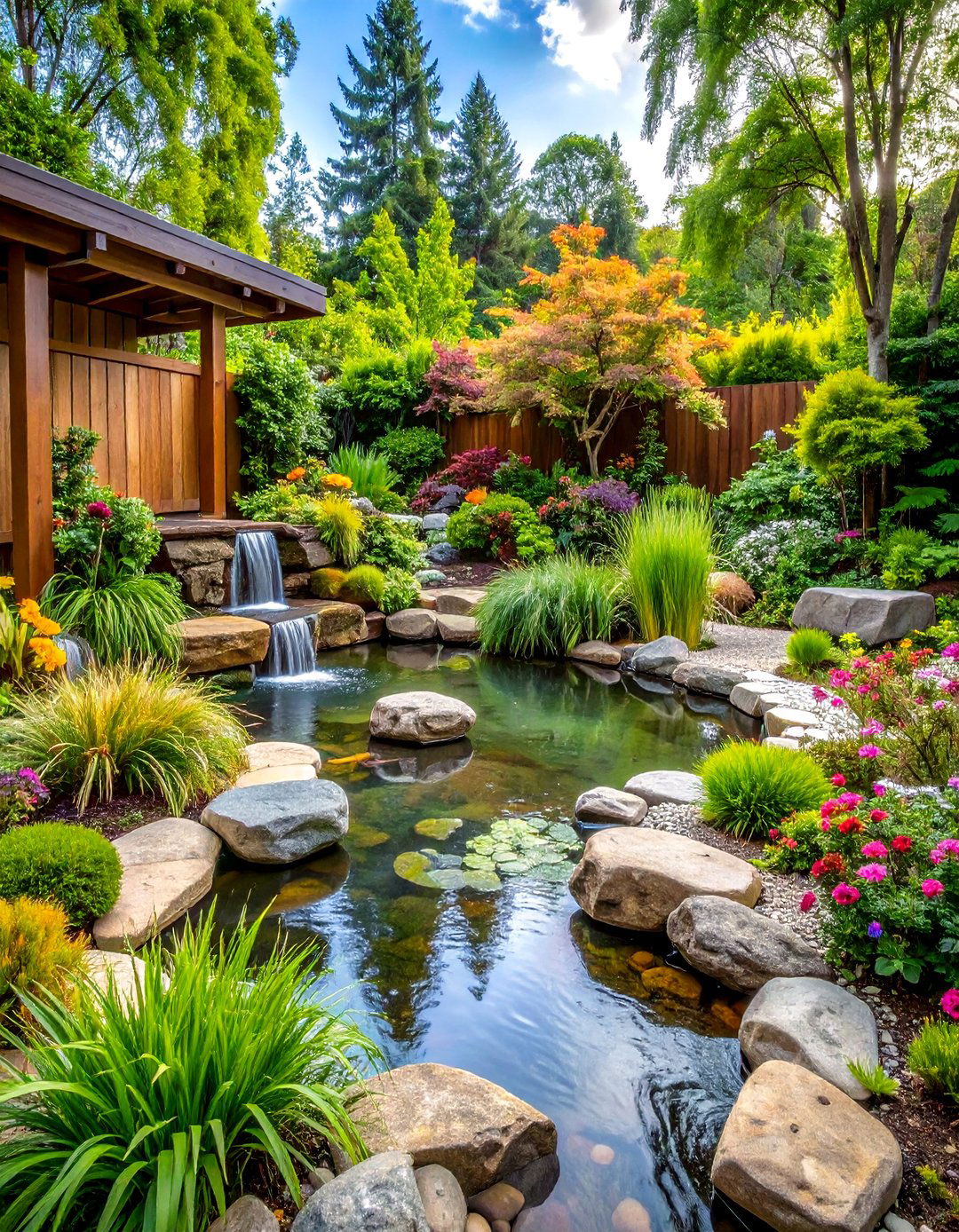
Biophilic landscaping design emphasizes creating harmony between people and nature through organic elements that promote mental and physical well-being. This holistic approach incorporates living walls, vertical gardens, and natural materials like reclaimed wood and river stones to create restorative outdoor environments. Wellness gardens feature dedicated spaces for meditation, yoga, and mindfulness practices, often including aromatherapy plants like lavender and jasmine. Water features such as fountains or natural pools add calming sounds while native plants create habitat for birds and beneficial insects. The landscaping design includes comfortable seating areas surrounded by lush greenery, creating intimate spaces for relaxation and reflection. These gardens often feature winding pathways that encourage gentle movement and exploration, helping to reduce stress and improve overall wellness through regular connection with nature.
4. Multifunctional Outdoor Living Landscaping
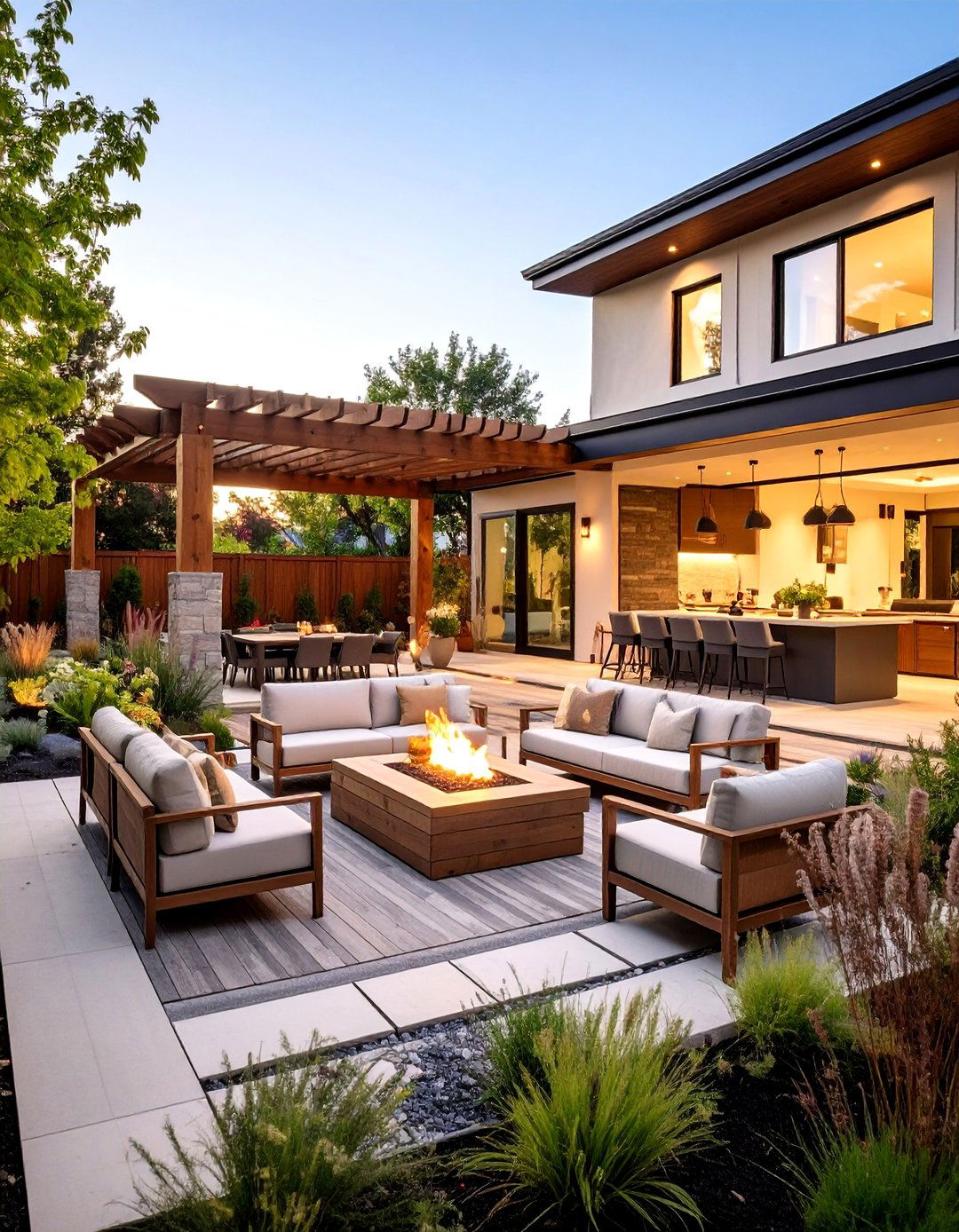
Contemporary landscaping design prioritizes creating outdoor spaces that serve multiple purposes, extending indoor living areas into the garden. This approach integrates outdoor kitchens, dining areas, and comfortable seating zones within a cohesive landscape design. Features like pergolas, fire pits, and outdoor entertainment systems are seamlessly incorporated into the overall landscaping plan. The design often includes retractable shades, weather-resistant furniture, and climate-resilient plants that ensure year-round usability. Landscaping elements like raised planters, decorative screens, and strategic lighting help define different functional zones while maintaining visual flow throughout the space. This integrated approach treats the outdoor area as an extension of the home, with hardscaping, softscaping, and architectural elements working together to create a luxury outdoor living experience.
5. Vertical Garden Landscaping Solutions
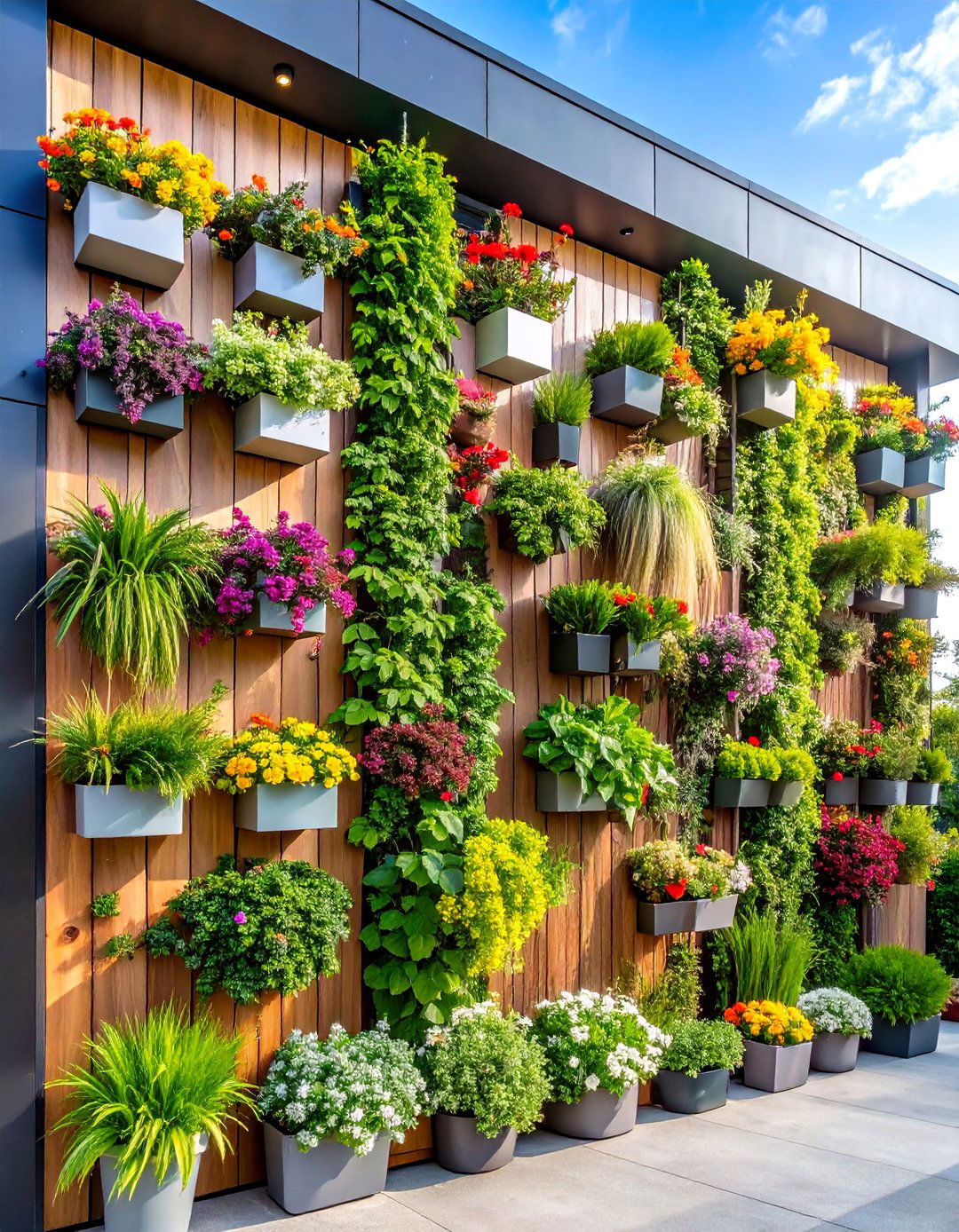
Vertical gardens and living walls are becoming essential landscaping elements for maximizing space in urban and suburban environments. This innovative landscaping technique encourages plants to grow upward rather than outward, creating lush green displays on walls, fences, and specially designed structures. Vertical landscaping systems can include hanging planters, wall-mounted growing systems, and modular green wall installations that add dramatic visual impact to small spaces. Popular plant choices include trailing vines, compact herbs, and colorful flowering plants that create living artwork. These landscaping features improve air quality, provide natural insulation, and create unique focal points that transform ordinary walls into vibrant garden displays. Vertical landscaping is particularly effective for urban environments where ground space is limited, offering property owners the opportunity to create substantial green impact in minimal square footage.
6. Smart Technology Integrated Landscaping
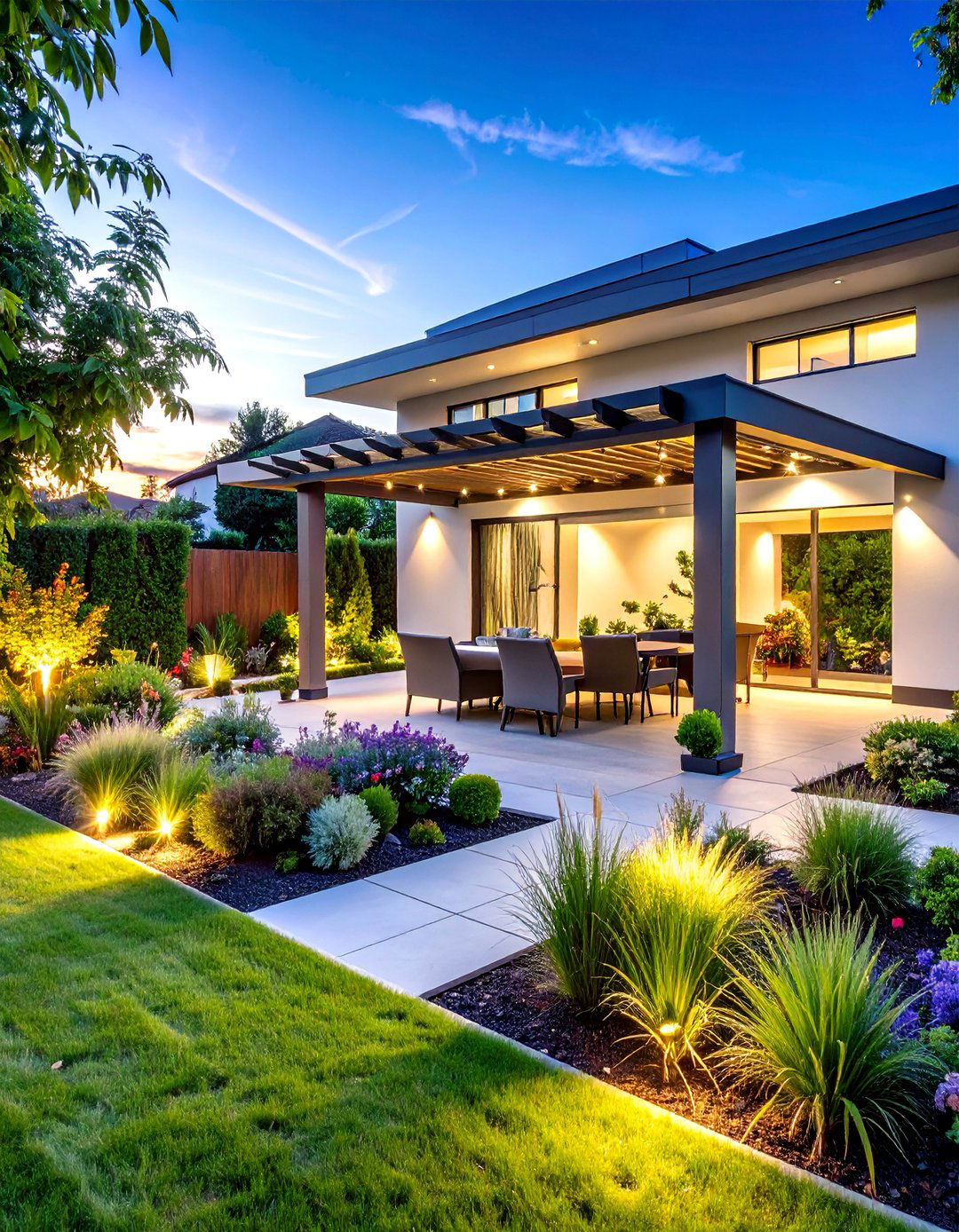
Modern landscaping design increasingly incorporates smart technology to create efficient, responsive outdoor environments. Smart irrigation systems use weather data and soil sensors to deliver precise watering schedules, reducing water waste while maintaining plant health. Automated lighting systems can be programmed to highlight landscape features, create ambiance for entertainment, and enhance security throughout the property. Smart landscaping technology also includes weather-responsive shade structures, automated misting systems, and app-controlled water features that adapt to changing conditions. Professional landscaping increasingly includes infrastructure for outdoor entertainment systems, security cameras, and connectivity solutions that support modern outdoor living. These technological integrations allow homeowners to monitor and maintain their landscapes remotely while creating more sustainable and user-friendly outdoor spaces that respond intelligently to environmental changes and user preferences.
7. Cottage Garden Landscaping Style
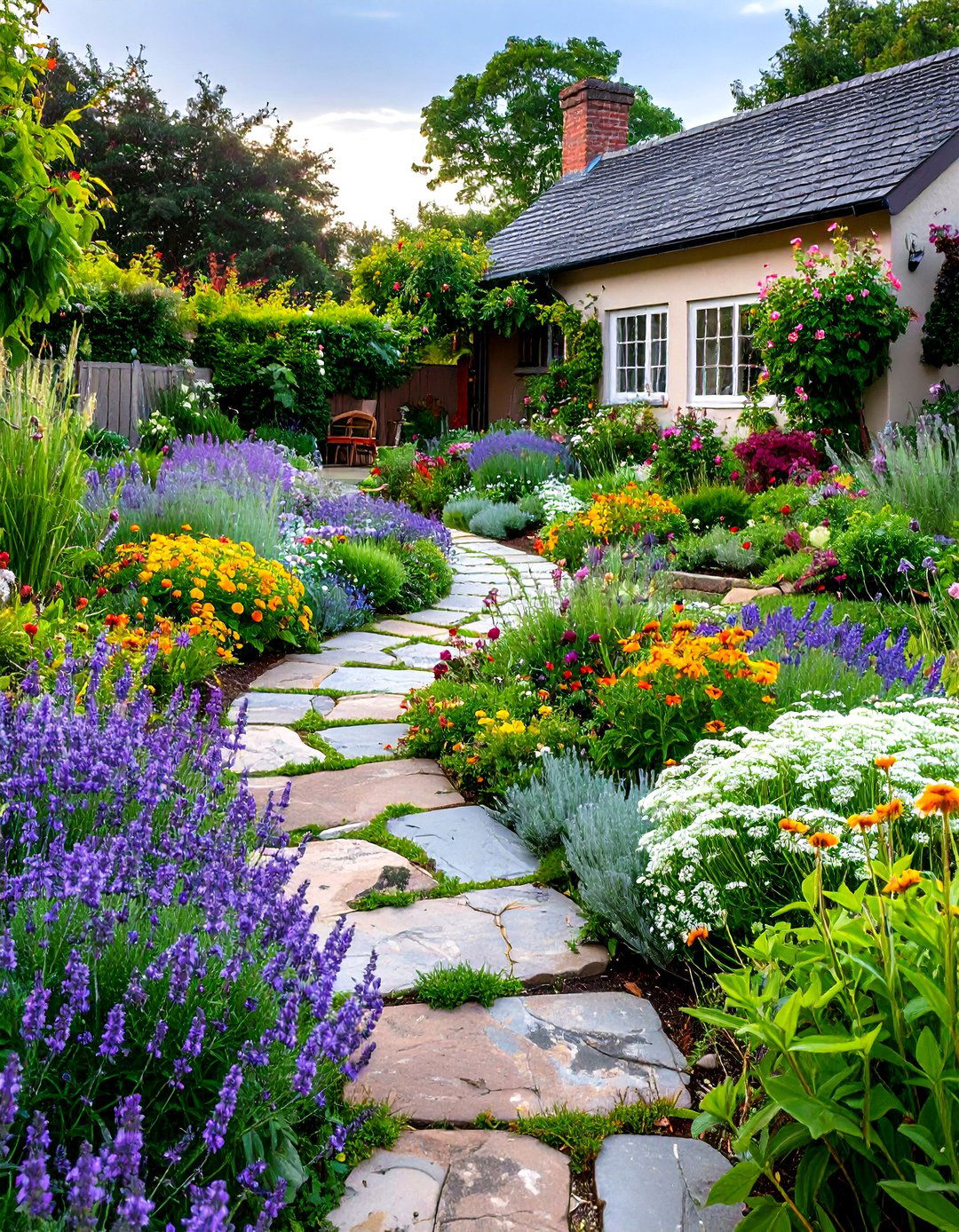
Cottage garden landscaping is experiencing a major resurgence in 2025, embracing organized chaos and whimsical, relaxed plantings. This landscaping style rejects rigid design rules in favor of layered, naturalistic arrangements that feel both abundant and effortless. Popular cottage landscaping plants include salvia, yarrow, catmint, and traditional flowering perennials that create a meadow-like texture with long-lasting blooms. The design philosophy centers on emotional resonance and comfort, with blurred edges that invite exploration and discovery throughout the garden space. Cottage landscaping often incorporates winding pathways, mixed plantings of edibles and ornamentals, and vintage elements that create a sense of history and permanence. This approach offers newcomers to landscaping an forgiving style that embraces imperfection while delivering maximum visual impact through carefully orchestrated informality.
8. Meadow-Inspired Naturalistic Landscaping

Meadow-inspired landscaping represents a shift away from manicured precision toward more naturalistic, untamed aesthetics that mimic wild grasslands. This landscaping approach features native grasses, wildflowers, and perennial plants arranged in naturalistic drifts that change seasonally. The design typically includes areas of longer grass interspersed with carefully selected flowering plants that support pollinators and local wildlife. Meadow landscaping requires strategic planning to maintain the "wild" appearance while preventing invasive species and ensuring healthy plant communities. This style often incorporates meandering pathways that allow visitors to experience the landscape intimately while preserving the natural ecosystem. The result is a dynamic, ever-changing landscape that provides year-round interest through seasonal blooms, seed heads, and textural contrasts while requiring minimal maintenance once established.
9. Small Space Urban Landscaping Design
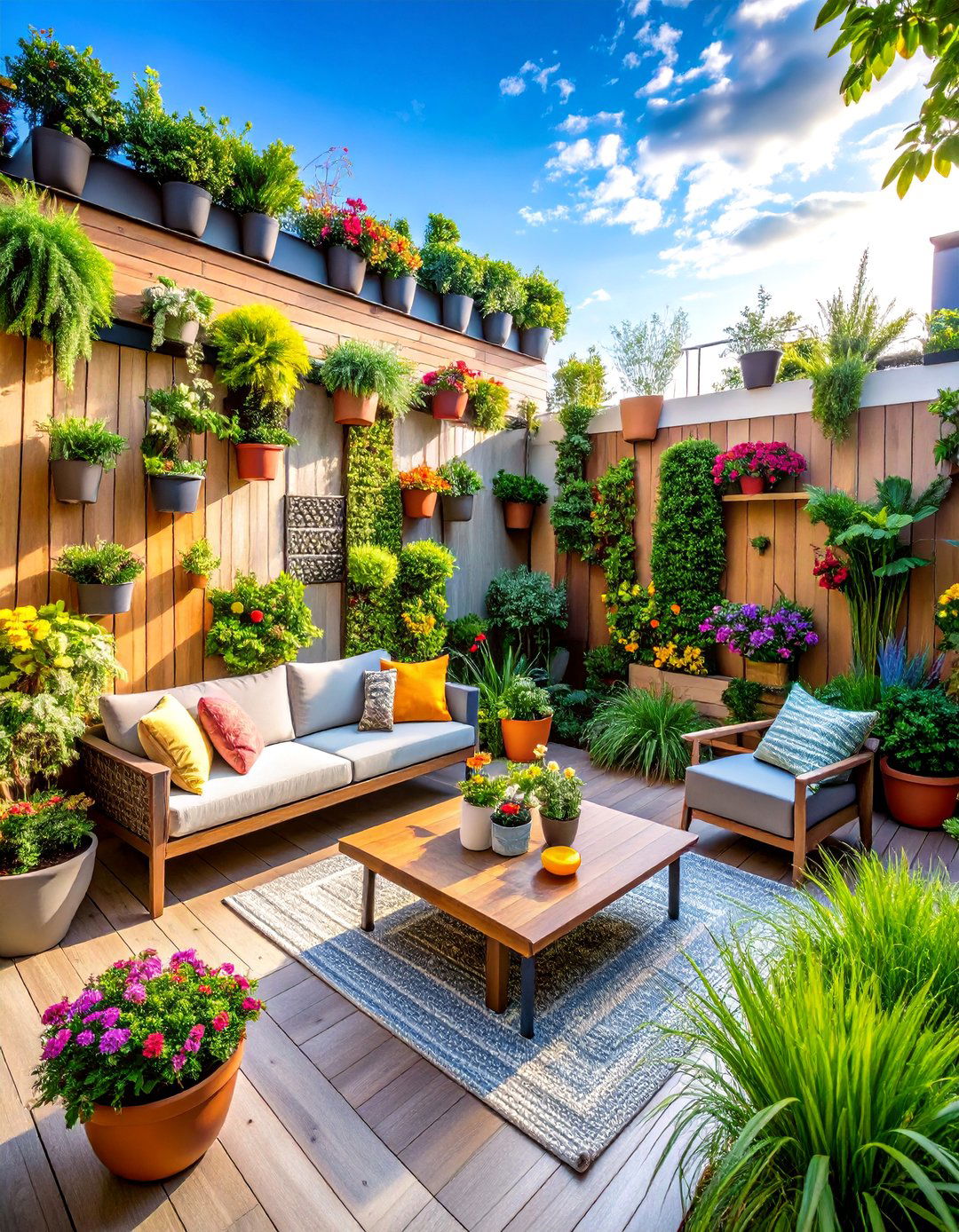
Urban landscaping design maximizes limited space through vertical elements, multi-functional features, and strategic plant placement. This specialized landscaping approach often involves container gardening, wall-mounted planters, and compact design elements that create significant impact in minimal square footage. Small space landscaping emphasizes careful plant selection, choosing species that provide maximum visual interest without overwhelming the area. Key design principles include using height variation, creating focal points, and incorporating reflective surfaces or light colors to make spaces feel larger. Urban landscaping often integrates storage solutions, multi-purpose furniture, and flexible elements that adapt to changing needs throughout the year. These landscapes must consider unique urban challenges like limited soil access, air quality, and shared spaces while creating private, beautiful retreats within dense urban environments.
10. Pollinator-Friendly Landscaping Gardens
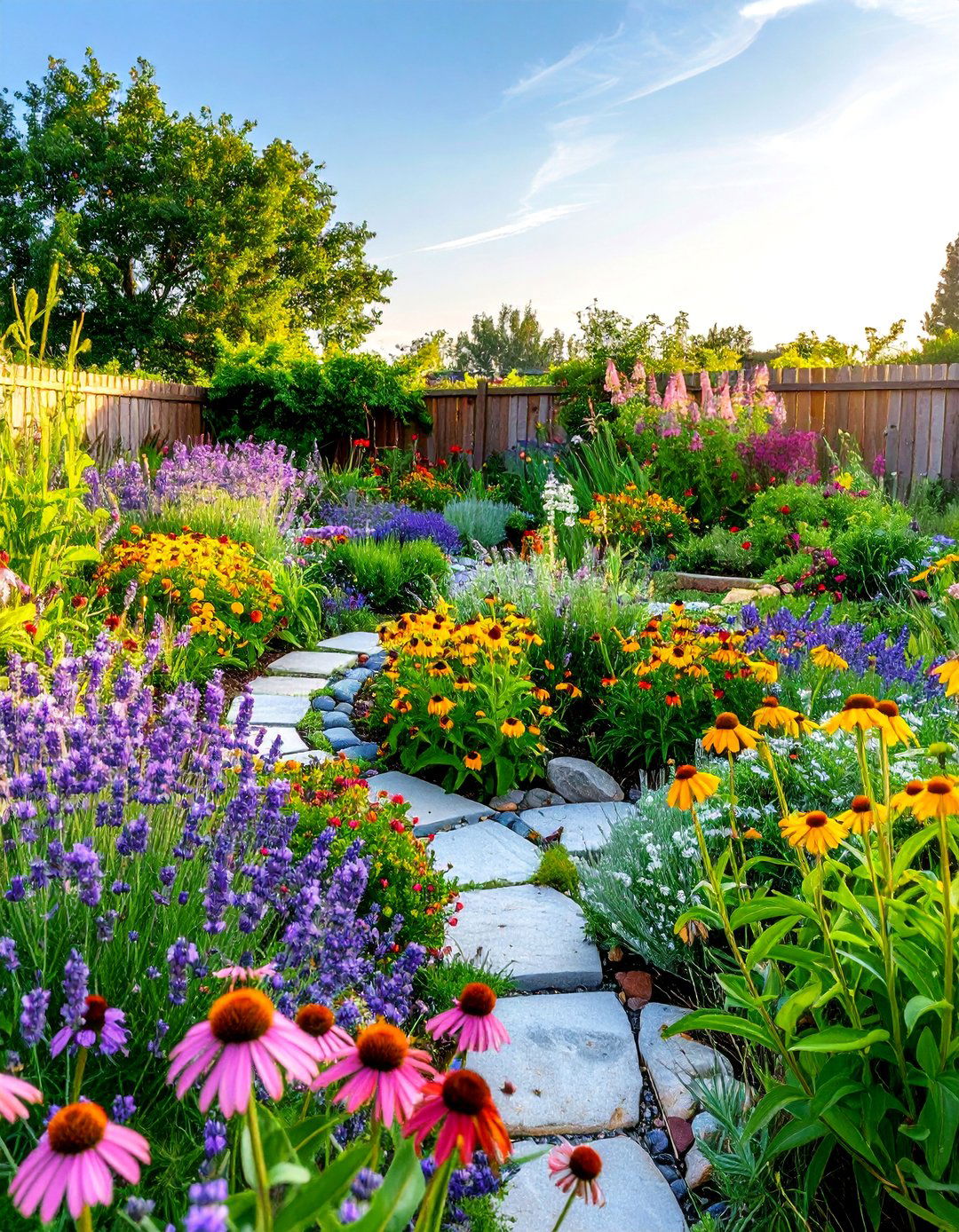
Pollinator-friendly landscaping focuses on creating habitat and food sources for bees, butterflies, and other beneficial insects through strategic plant selection and garden design. This landscaping approach incorporates native flowering plants arranged in seasonal succession to provide continuous nectar sources throughout the growing season. Popular pollinator landscaping plants include butterfly bush, lavender, coneflowers, and native milkweed that attract specific beneficial species. The design typically includes diverse plant heights, textures, and bloom times to support different pollinator species while avoiding pesticides that harm beneficial insects. Pollinator landscaping often features nesting sites, water sources, and overwintering habitat that support complete pollinator life cycles. These gardens create beautiful, dynamic landscapes that change throughout the seasons while contributing to environmental health and supporting local ecosystems essential for food production and biodiversity.
11. Edible Landscaping Design Integration
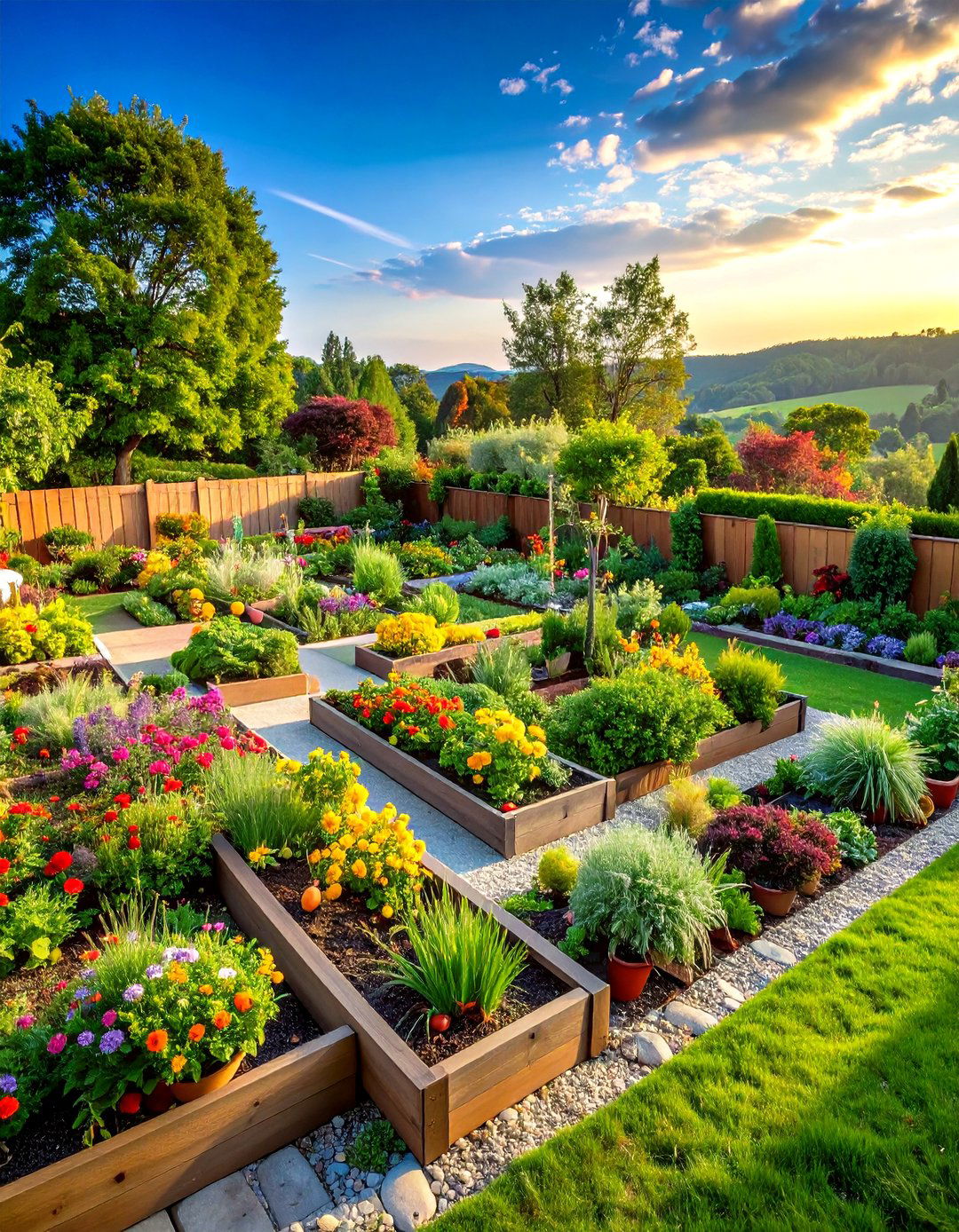
Edible landscaping seamlessly integrates fruits, vegetables, and herbs into ornamental garden designs, creating beautiful and functional outdoor spaces. This approach moves beyond traditional vegetable plots to incorporate edible plants as design elements throughout the landscape. Raised beds, container gardens, and espalier fruit trees become architectural features that provide both aesthetic appeal and practical harvests. Modern edible landscaping often features attractive varieties of vegetables and herbs that complement ornamental plantings while providing fresh ingredients for cooking. Design elements include attractive trellises for climbing plants, decorative herb borders, and fruit trees trained as focal points or privacy screens. This landscaping style reduces food miles, encourages sustainable living practices, and creates opportunities for family engagement with food production while maintaining sophisticated aesthetic appeal.
12. Water Feature Landscaping Design
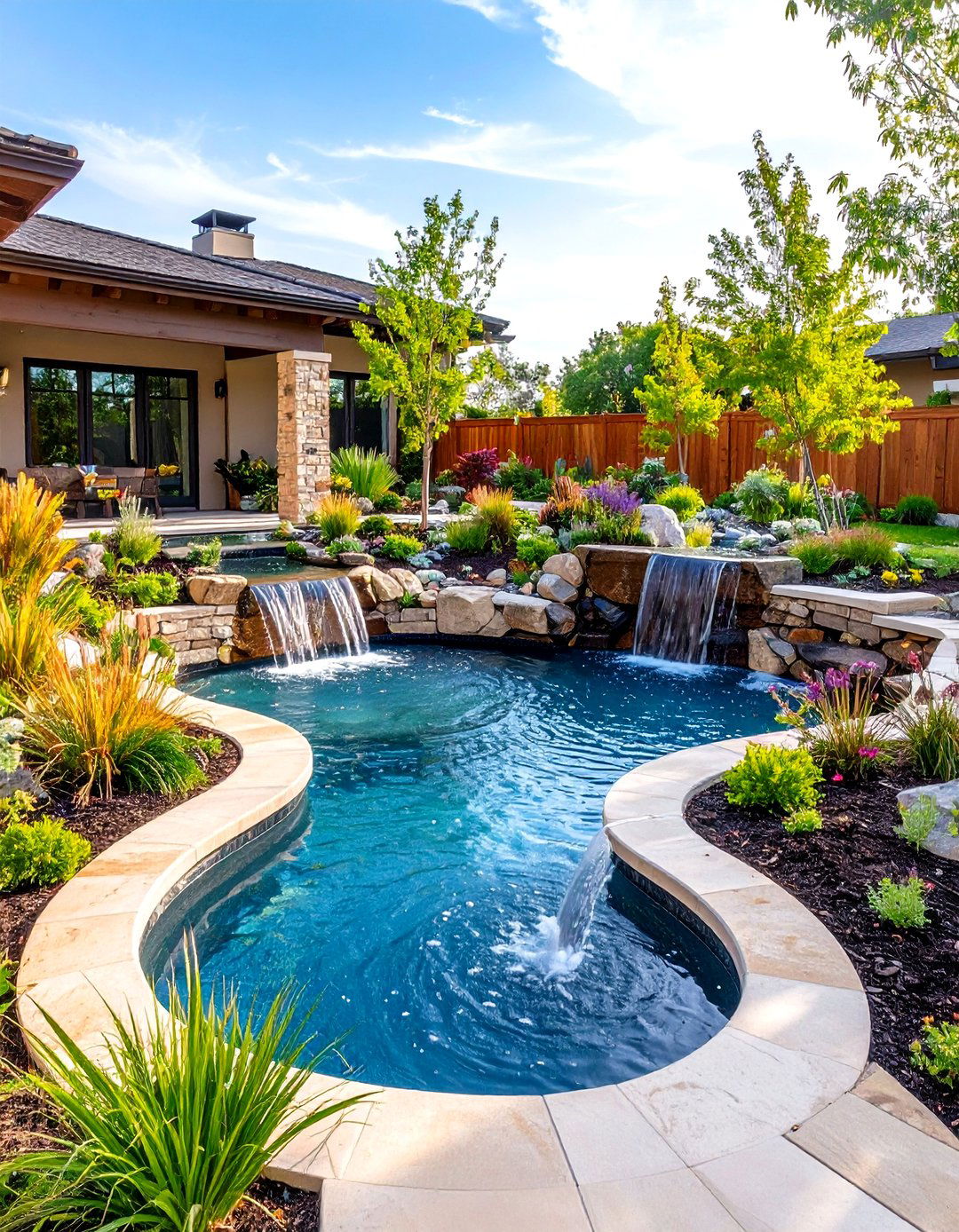
Water features continue to be popular landscaping elements, ranging from natural swimming pools to decorative fountains that add movement and sound to outdoor spaces. Modern water feature landscaping emphasizes sustainability through features like rain gardens, bioswales, and water recirculation systems. Rain gardens and permeable paving help manage stormwater runoff while creating attractive landscaping features that support local water systems. Smaller water features like fountains, bubblers, and reflecting pools serve as focal points while providing tranquil sounds and visual interest. Pool landscaping often focuses on creating resort-like atmospheres with integrated lighting, comfortable seating, and lush plantings that complement the water feature. Sustainable water landscaping incorporates drought-tolerant plants around water features and uses efficient circulation systems to minimize water waste while maximizing environmental benefits.
13. Outdoor Kitchen Landscaping Integration
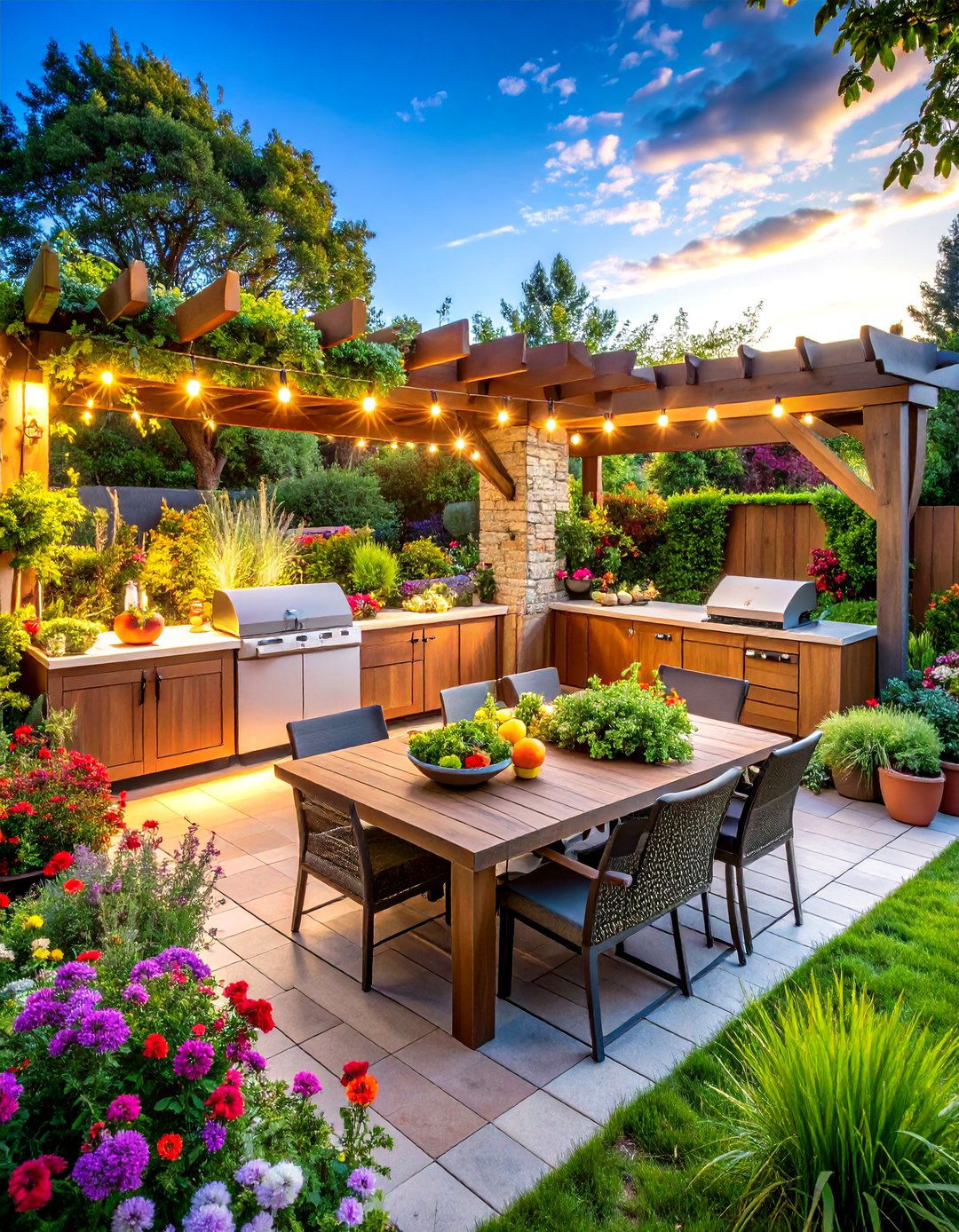
Outdoor kitchen landscaping creates seamless integration between cooking spaces and garden design, treating culinary areas as central landscape features. This approach involves designing landscape elements that complement and enhance outdoor cooking and dining experiences. Landscaping around outdoor kitchens often includes herb gardens, shade structures, and comfortable seating areas that encourage extended outdoor living. Design elements include strategic plantings for privacy, lighting for evening entertainment, and hardscape materials that complement both cooking areas and garden aesthetics. Modern outdoor kitchen landscaping incorporates features like built-in planters, storage solutions, and weather-resistant materials that support year-round outdoor entertaining. The landscaping design often includes designated zones for food preparation, dining, and relaxation, all unified through consistent plant selections and design themes that create cohesive outdoor living experiences.
14. Fire Feature Landscaping Design
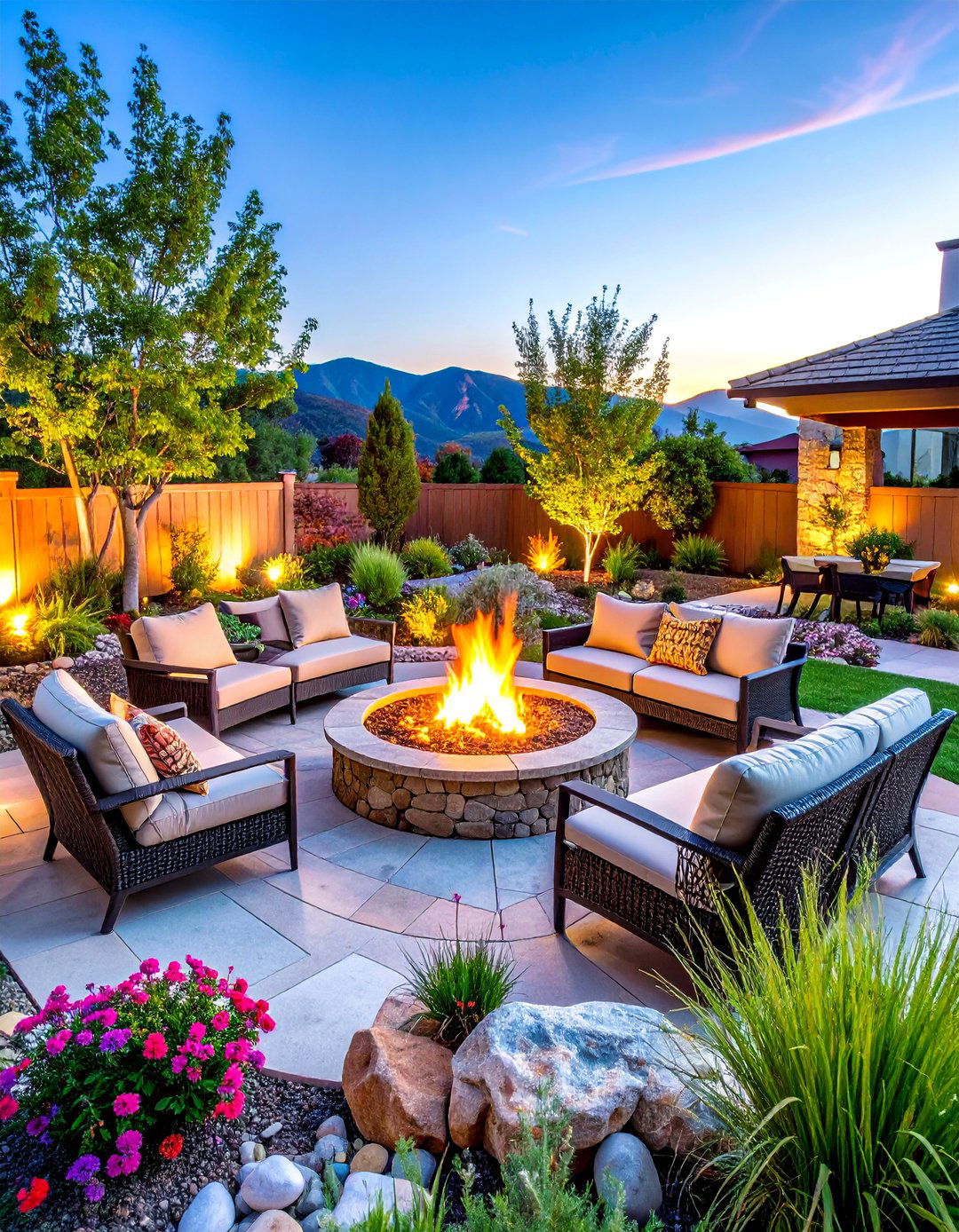
Fire features have become central elements in modern landscaping design, creating gathering spaces that extend outdoor living into cooler seasons. Fire pit landscaping involves creating comfortable seating areas surrounded by appropriate plantings that enhance the gathering experience. Modern fire feature landscaping includes custom-built fire pits, decorative fire bowls, and integrated seating walls that serve multiple functions within the landscape design. Landscaping around fire features often incorporates heat-tolerant plants, strategic lighting, and hardscape materials that complement the fire element while ensuring safety. Design considerations include wind patterns, safety clearances, and creating intimate spaces that encourage conversation and relaxation around the fire feature. Fire feature landscaping often includes additional elements like outdoor furniture, weather protection, and aesthetic plantings that create year-round gathering spaces for entertainment and relaxation.
15. Rock Garden Landscaping Design
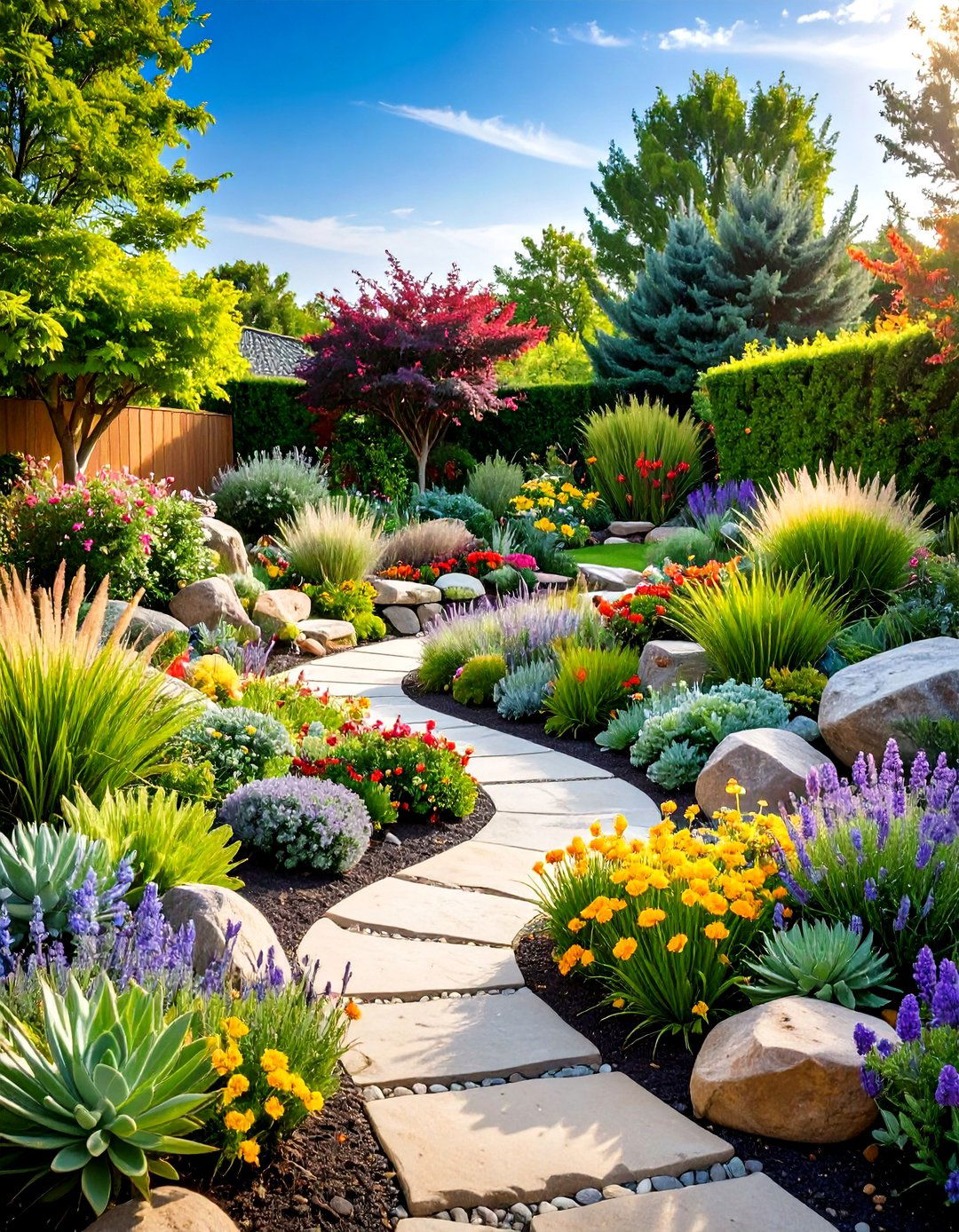
Rock gardens are making a comeback as sustainable landscaping features that combine natural stone with drought-tolerant plants to create low-maintenance yet visually striking designs. This landscaping approach uses various sizes and types of rocks to create dramatic focal points while supporting plants that thrive in well-drained conditions. Rock garden landscaping often features sculptural arrangements that allow water to flow freely while preventing weed growth and soil erosion. Popular rock landscaping elements include decorative boulders, river rock installations, and stone pathways that create cohesive design themes throughout the property. Plant selections for rock gardens typically include succulents, ornamental grasses, and alpine plants that complement the stone elements while requiring minimal water and maintenance. Modern rock garden landscaping can be adapted to any size space and provides year-round structural interest that serves as a foundation for seasonal plantings.
16. Seasonal Color Landscaping Design
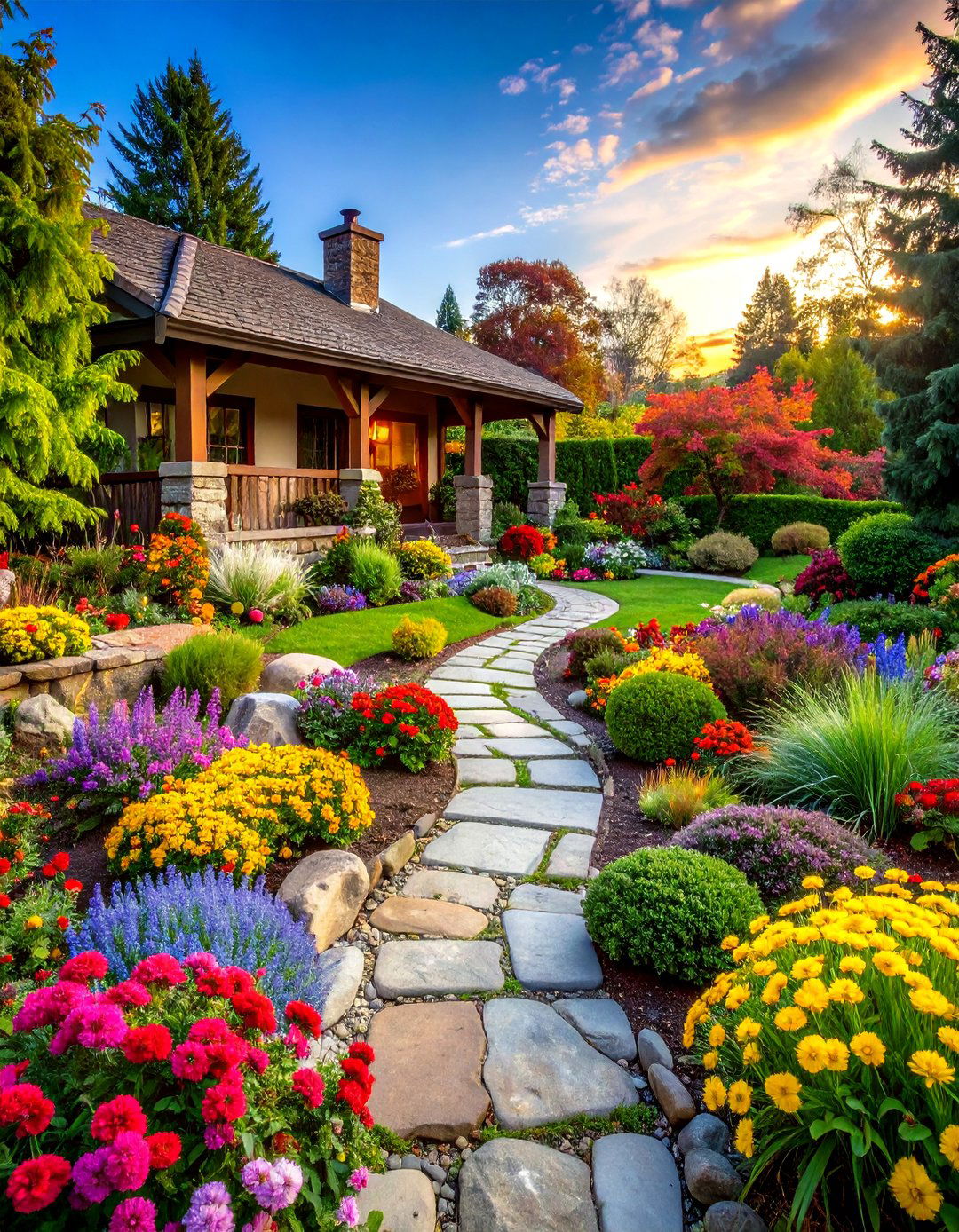
Seasonal color landscaping emphasizes creating year-round visual interest through carefully planned plant selections that provide blooms, foliage, and structural elements across all seasons. This comprehensive landscaping approach involves selecting plants that offer successional blooms from spring through fall, with evergreen elements providing winter structure. Current trends favor warm earth tones and rich colors that complement Pantone's 2025 Color of the Year, Mocha Mousse, creating sophisticated color palettes throughout the landscape. Seasonal landscaping often includes bulbs for spring color, summer-blooming perennials, fall-foliage plants, and winter-interest trees that provide structure and beauty year-round. Design strategy involves layering plants with different bloom times and foliage characteristics to ensure continuous color and interest while supporting pollinators throughout the growing season. This approach creates dynamic landscapes that evolve throughout the year while maintaining consistent aesthetic appeal.
17. Privacy Screen Landscaping Solutions
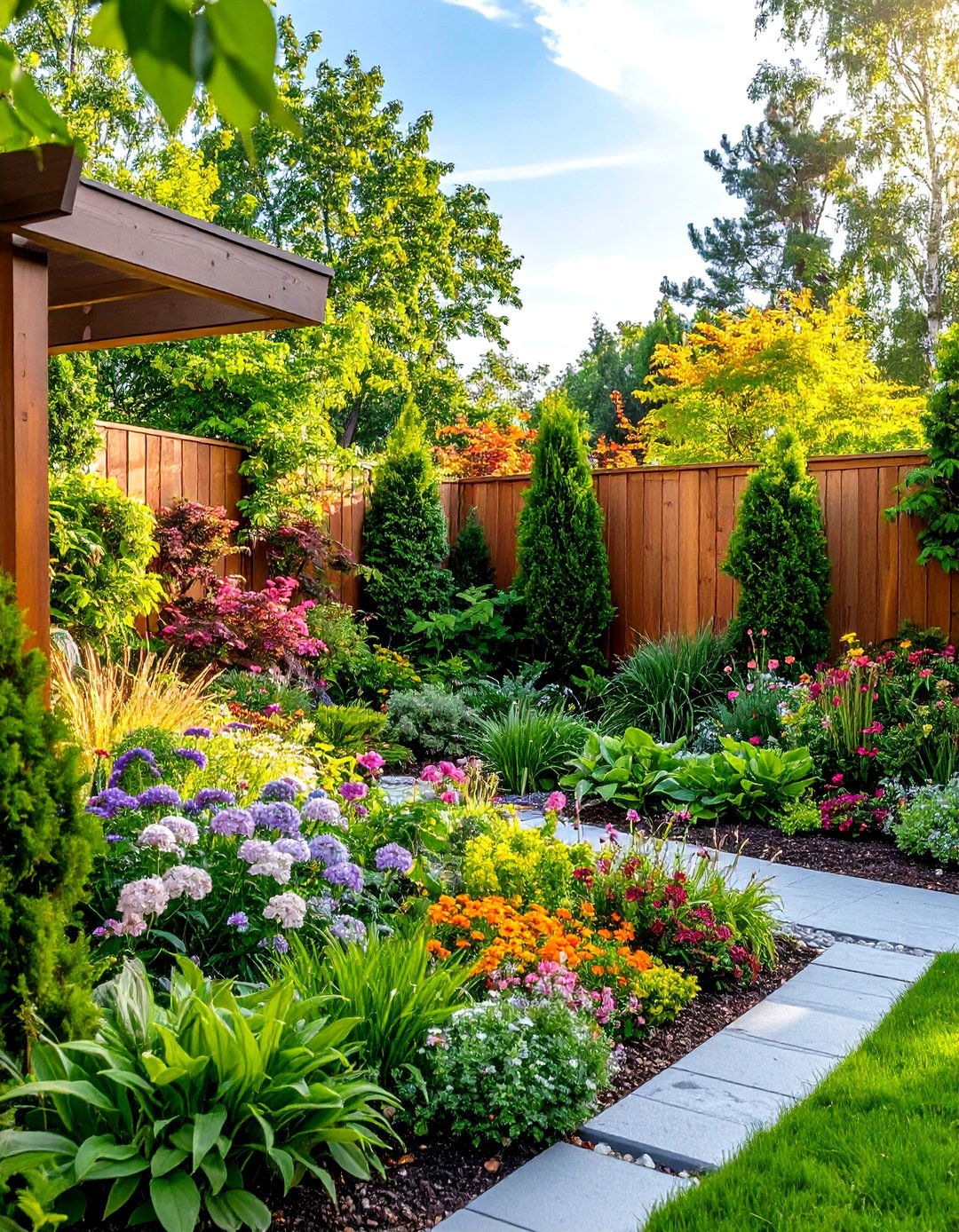
Privacy screen landscaping uses strategic plant placement and structural elements to create seclusion while maintaining aesthetic appeal and environmental benefits. This landscaping approach combines tall shrubs, evergreen trees, and climbing plants to create natural barriers that provide privacy without sacrificing beauty. Modern privacy landscaping often includes living walls, planted trellises, and layered plantings that create graduated screening while supporting wildlife habitat. Design elements include fast-growing evergreens, flowering privacy plants, and structural elements like pergolas or fences that support climbing vegetation. Privacy landscaping must consider mature plant sizes, seasonal changes, and maintenance requirements while creating effective screening that enhances rather than dominates the overall landscape design. These landscaping solutions often incorporate multi-functional elements that provide privacy, beauty, and environmental benefits while creating intimate outdoor spaces for relaxation and entertainment.
18. Lighting-Enhanced Landscaping Design
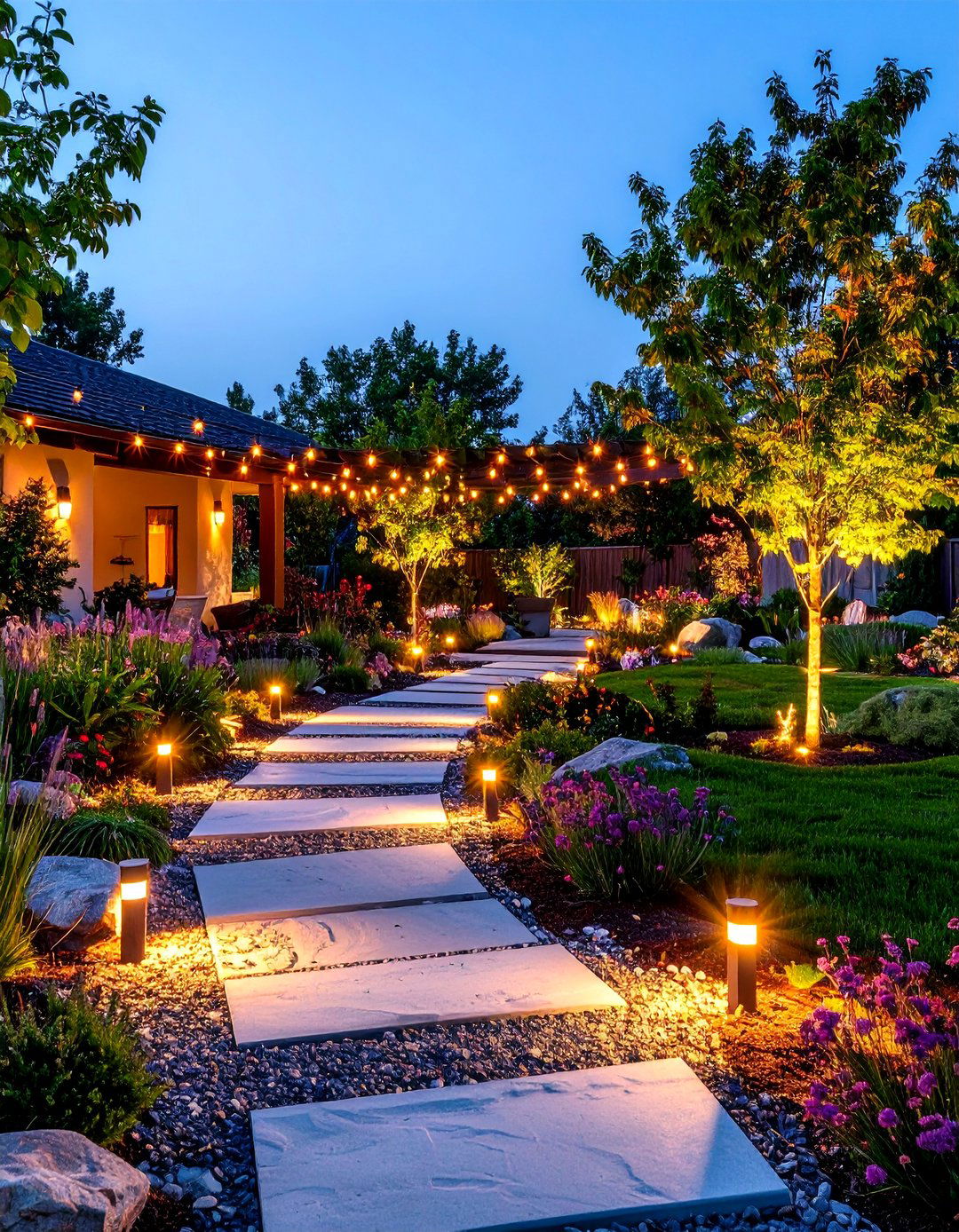
Landscape lighting has become an essential design element that extends outdoor living hours while highlighting architectural features and creating dramatic nighttime garden experiences. Modern lighting landscaping incorporates LED technology, smart controls, and strategic placement to create ambiance while enhancing safety and security. Uplighting techniques highlight trees and architectural elements, while pathway lighting creates safe navigation and string lights add festive atmosphere for entertaining. Contemporary landscape lighting includes solar-powered options, automated systems, and decorative fixtures that serve as daytime garden ornaments while providing evening illumination. Design considerations include creating layers of light for different activities, highlighting key landscape features, and ensuring proper illumination levels for safety and aesthetics. Landscape lighting design often includes specialty features like underwater pool lighting, fire feature enhancement, and dramatic uplighting that transforms ordinary landscapes into magical nighttime environments.
19. Sustainable Hardscape Landscaping
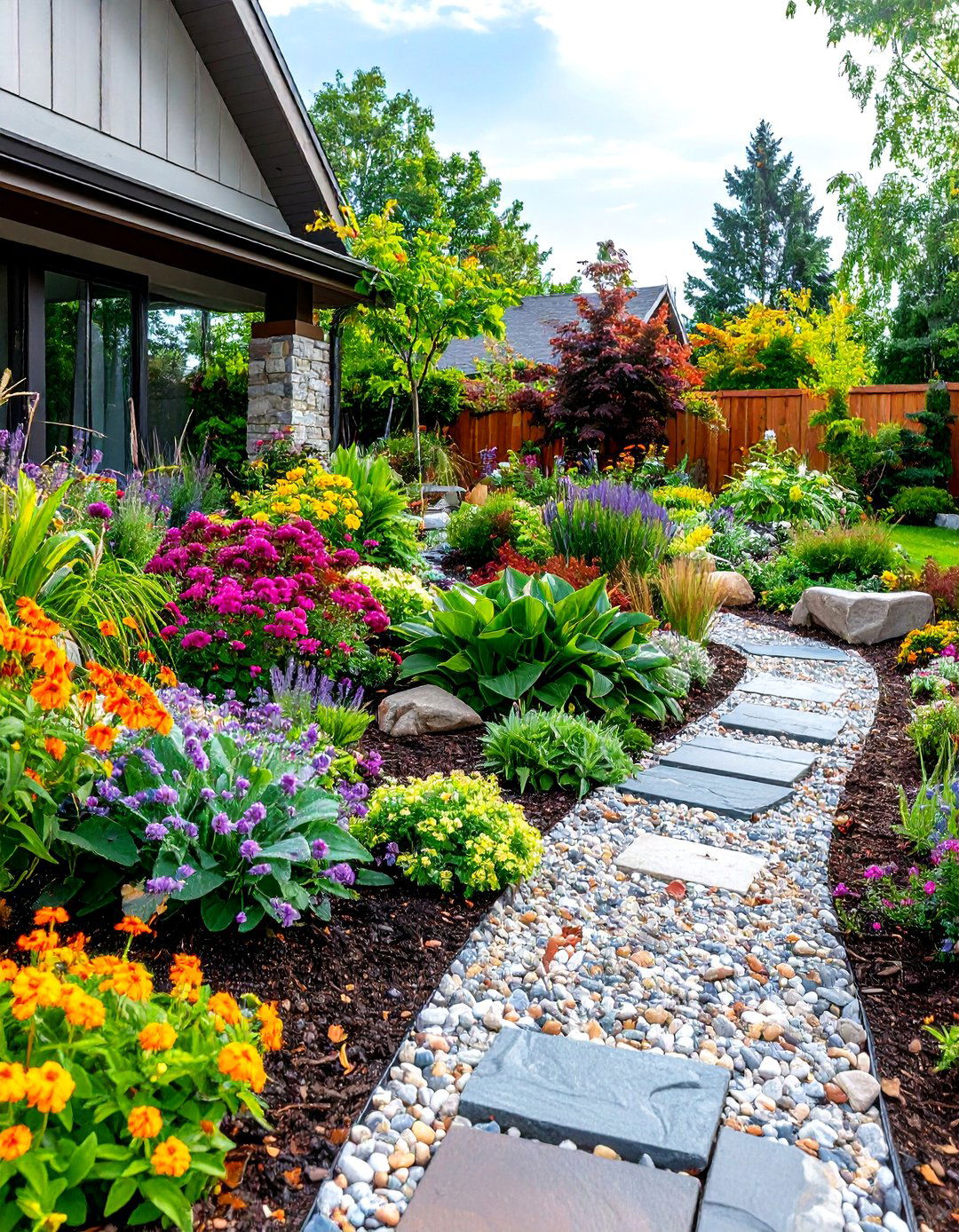
Sustainable hardscape landscaping emphasizes permeable paving, recycled materials, and eco-friendly construction practices that support environmental health while creating functional outdoor spaces. This approach incorporates materials like permeable pavers, recycled concrete, and reclaimed wood to create paths, patios, and structural elements. Sustainable landscaping hardscape often includes rain gardens, bioswales, and pervious surfaces that manage stormwater runoff while creating attractive design features. Design elements include ribbon driveways, gravel pathways, and decomposed granite surfaces that allow water infiltration while providing durable, attractive walking surfaces. Material choices often emphasize local stone, recycled aggregates, and renewable resources that reduce environmental impact while creating lasting landscape features. Modern sustainable hardscape landscaping avoids excessive paving in favor of integrated softscape elements that balance functionality with environmental responsibility and aesthetic appeal.
20. Climate-Resilient Landscaping Design
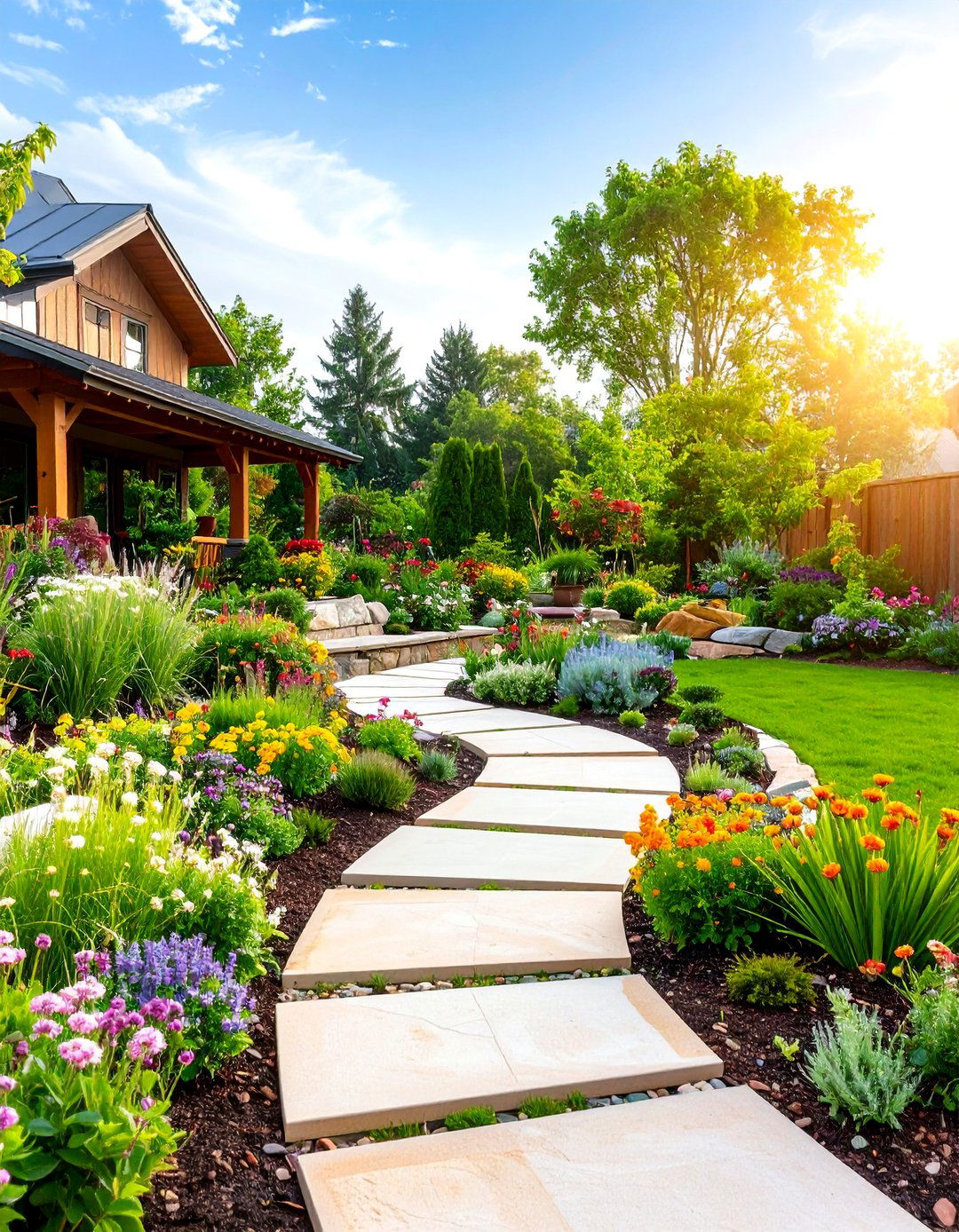
Climate-resilient landscaping addresses changing weather patterns through plant selection, water management, and design strategies that adapt to environmental challenges. This forward-thinking landscaping approach emphasizes drought-tolerant plants, efficient irrigation systems, and design elements that withstand extreme weather conditions. Climate-resilient landscaping often includes native plant communities, water-efficient irrigation, and soil management practices that support long-term landscape health. Design features may include flood-resistant plantings, wind-resistant tree selection, and infrastructure that supports landscape survival during extreme weather events. Year-round functionality becomes crucial, with landscapes designed to provide beauty and function across all seasons while requiring minimal resource inputs. Modern climate-resilient landscaping combines aesthetic appeal with practical sustainability, creating outdoor spaces that thrive in changing environmental conditions while supporting local ecosystems and reducing maintenance requirements.
Conclusion:
These 20 landscaping ideas reflect the evolution toward more sustainable, functional, and wellness-oriented outdoor spaces that serve both environmental and human needs. Whether incorporating native plants, smart technology, or multifunctional design elements, successful landscaping in 2025 balances beauty with responsibility. The key to exceptional landscaping lies in understanding your specific climate, space limitations, and lifestyle needs while embracing trends that support long-term sustainability. By choosing landscaping approaches that prioritize environmental health, personal wellness, and year-round functionality, you create outdoor spaces that enhance both property value and quality of life.


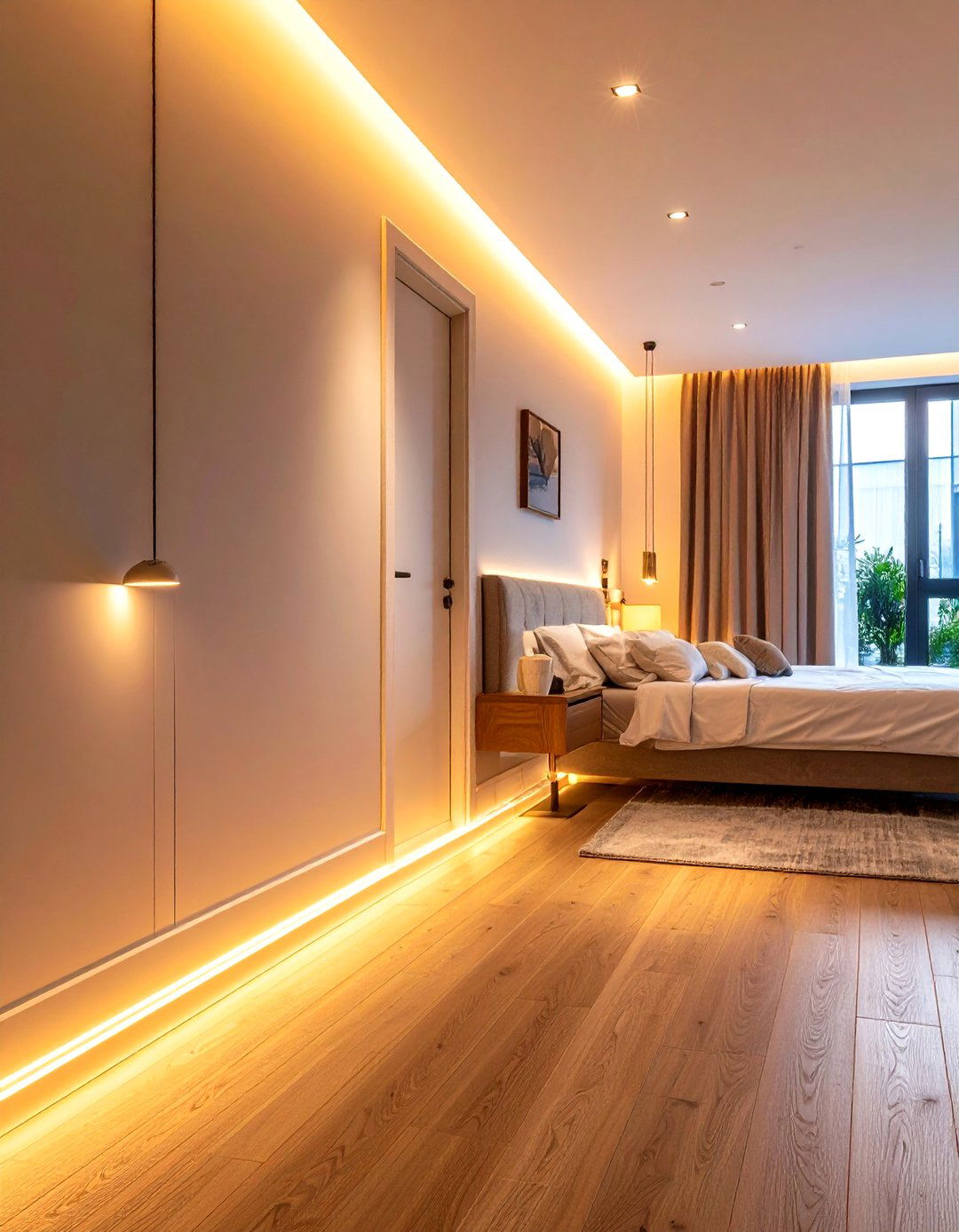
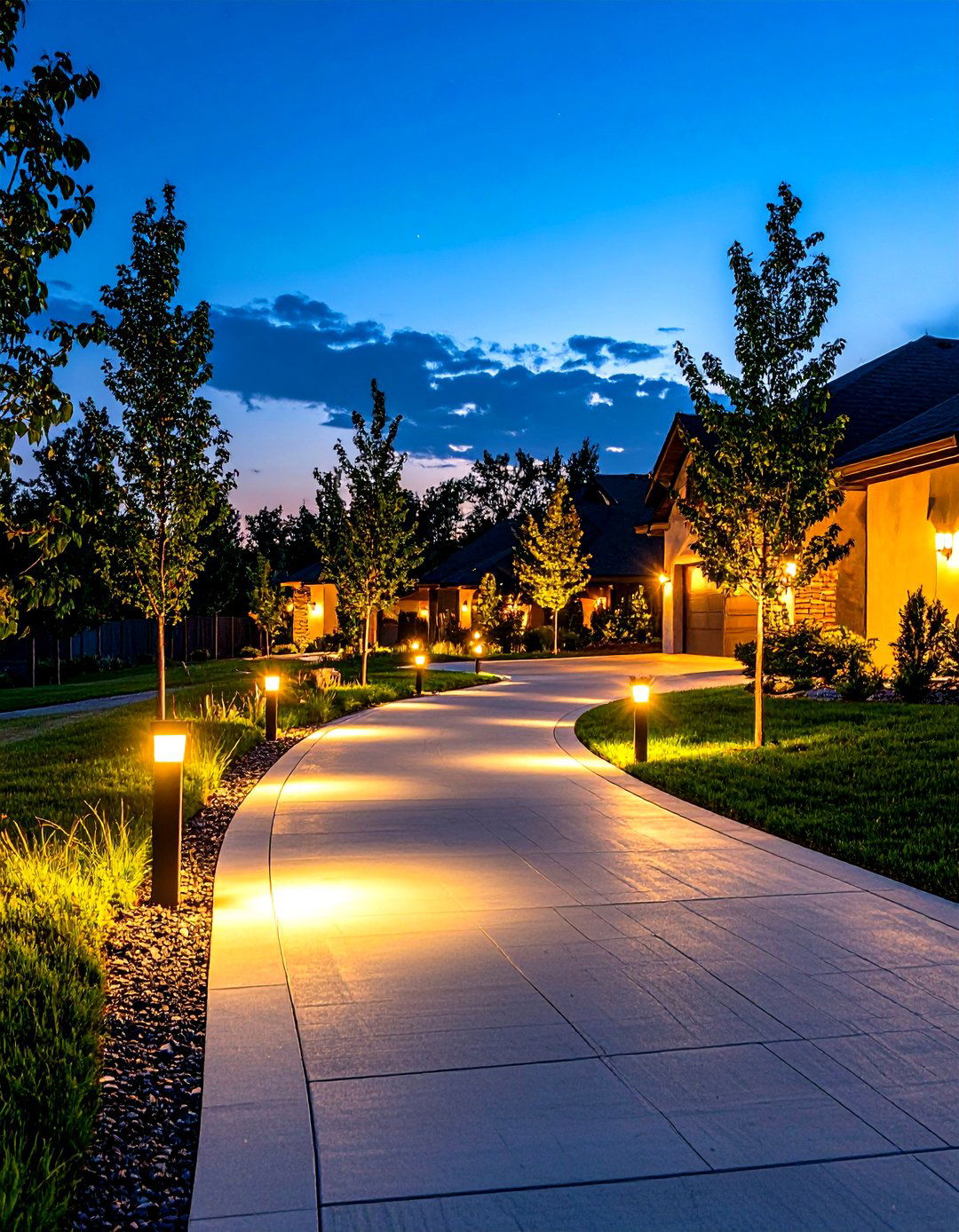
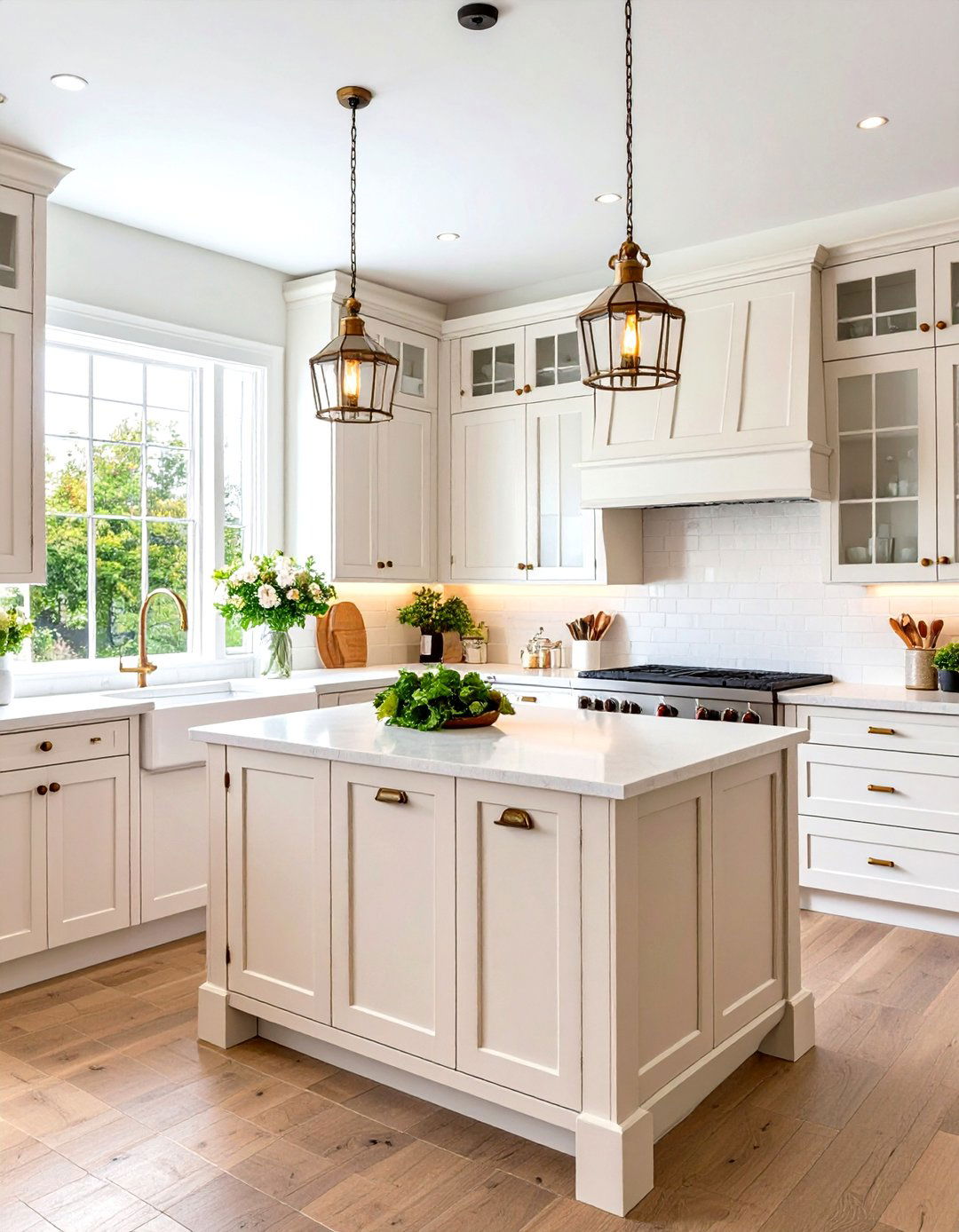
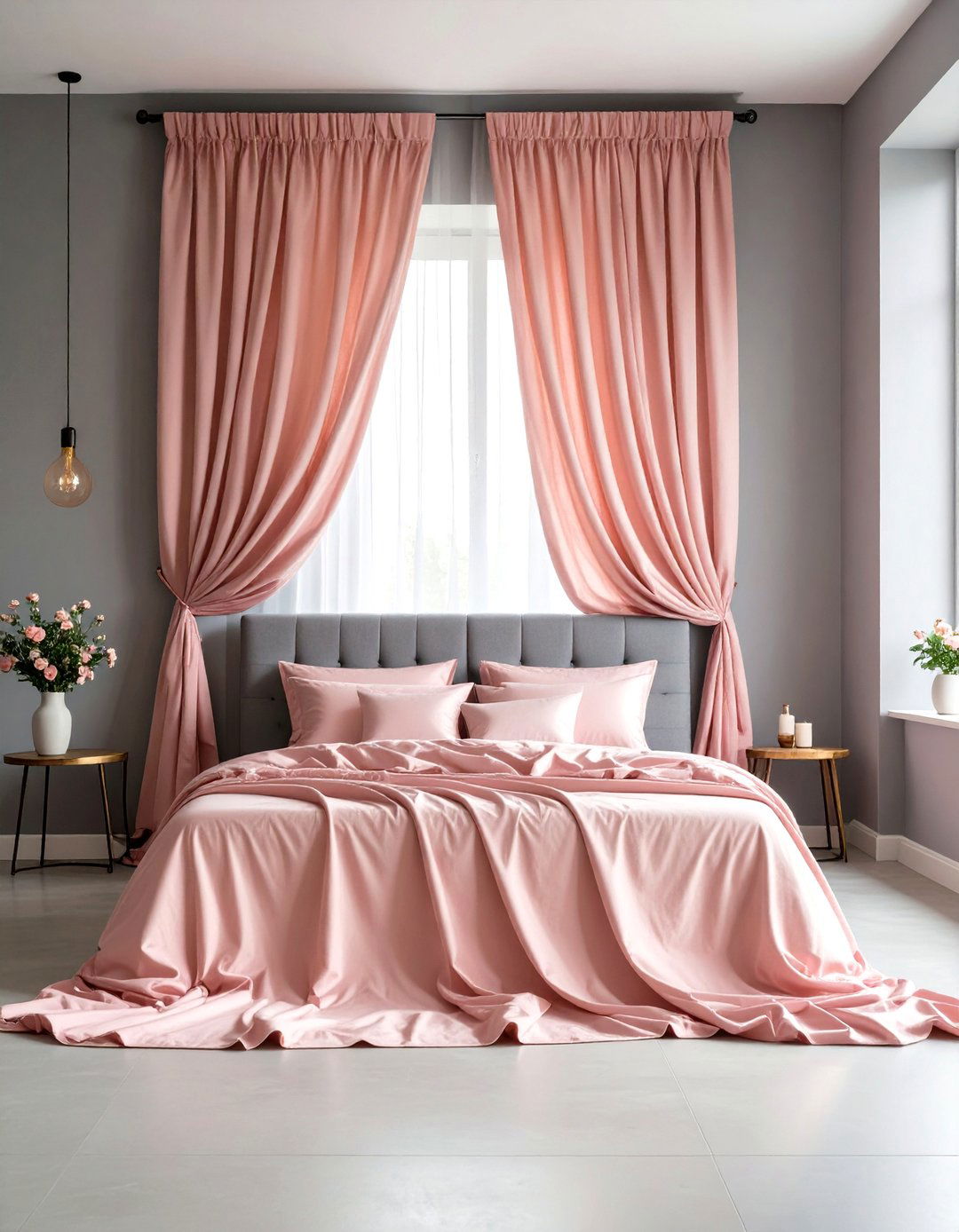
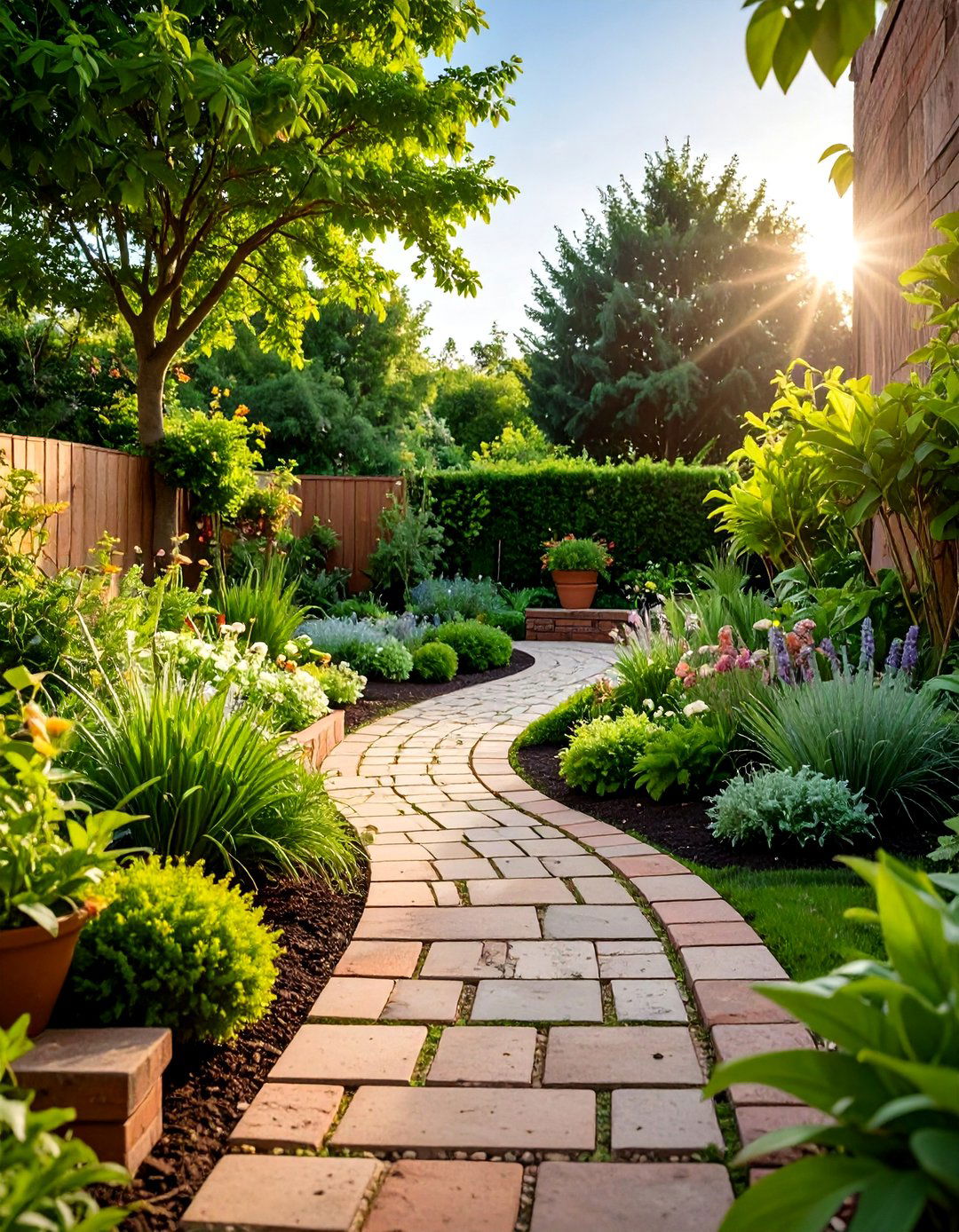
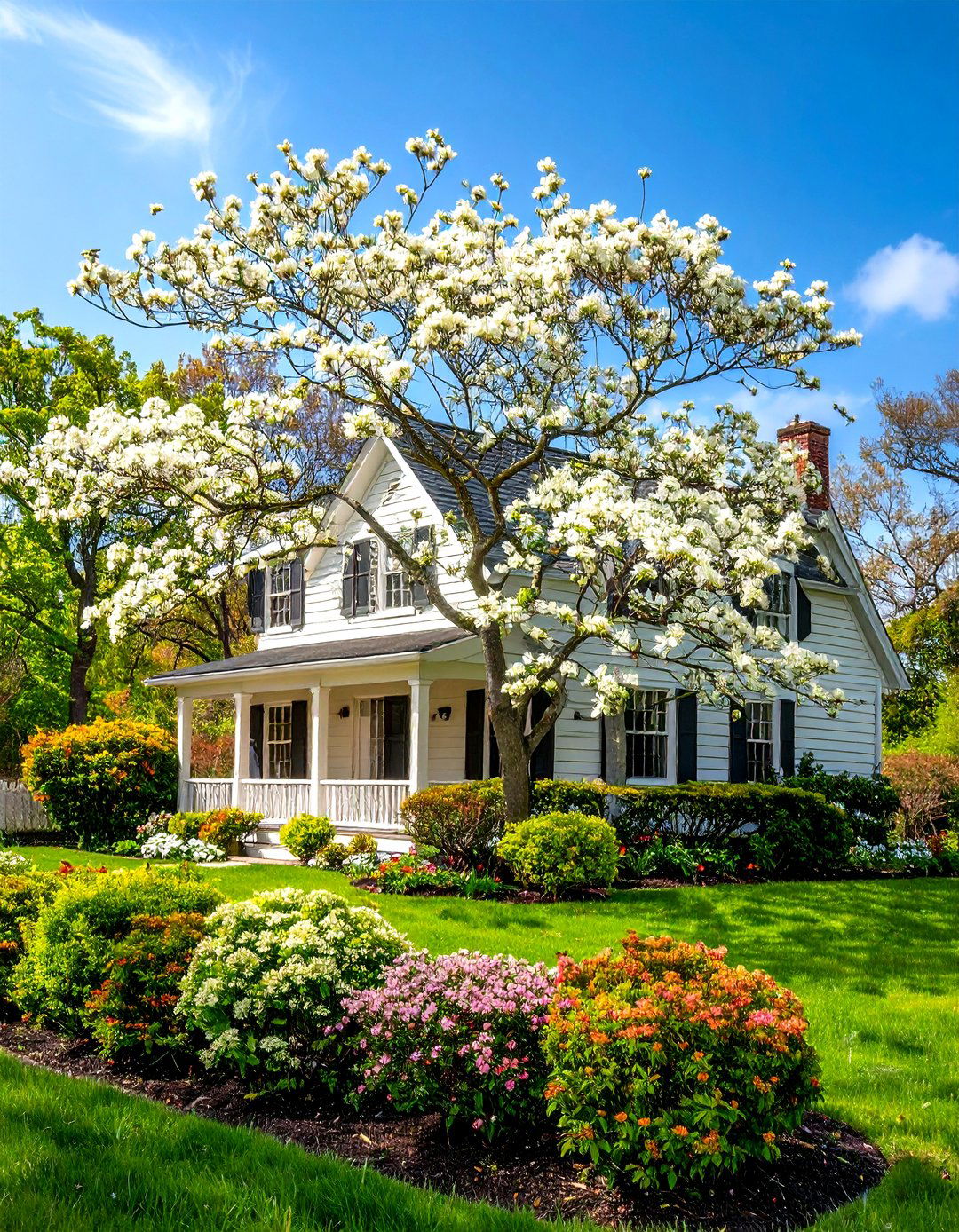

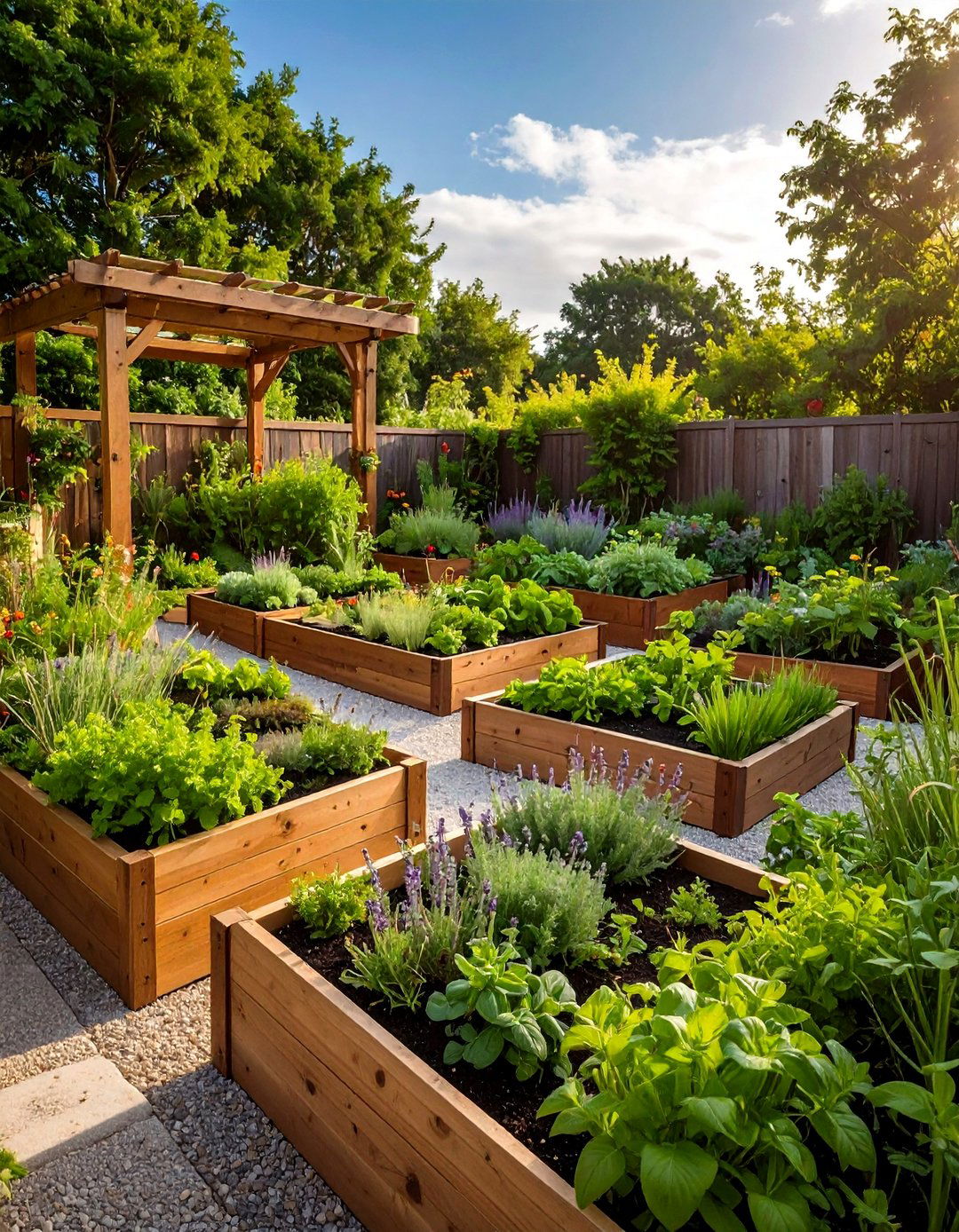
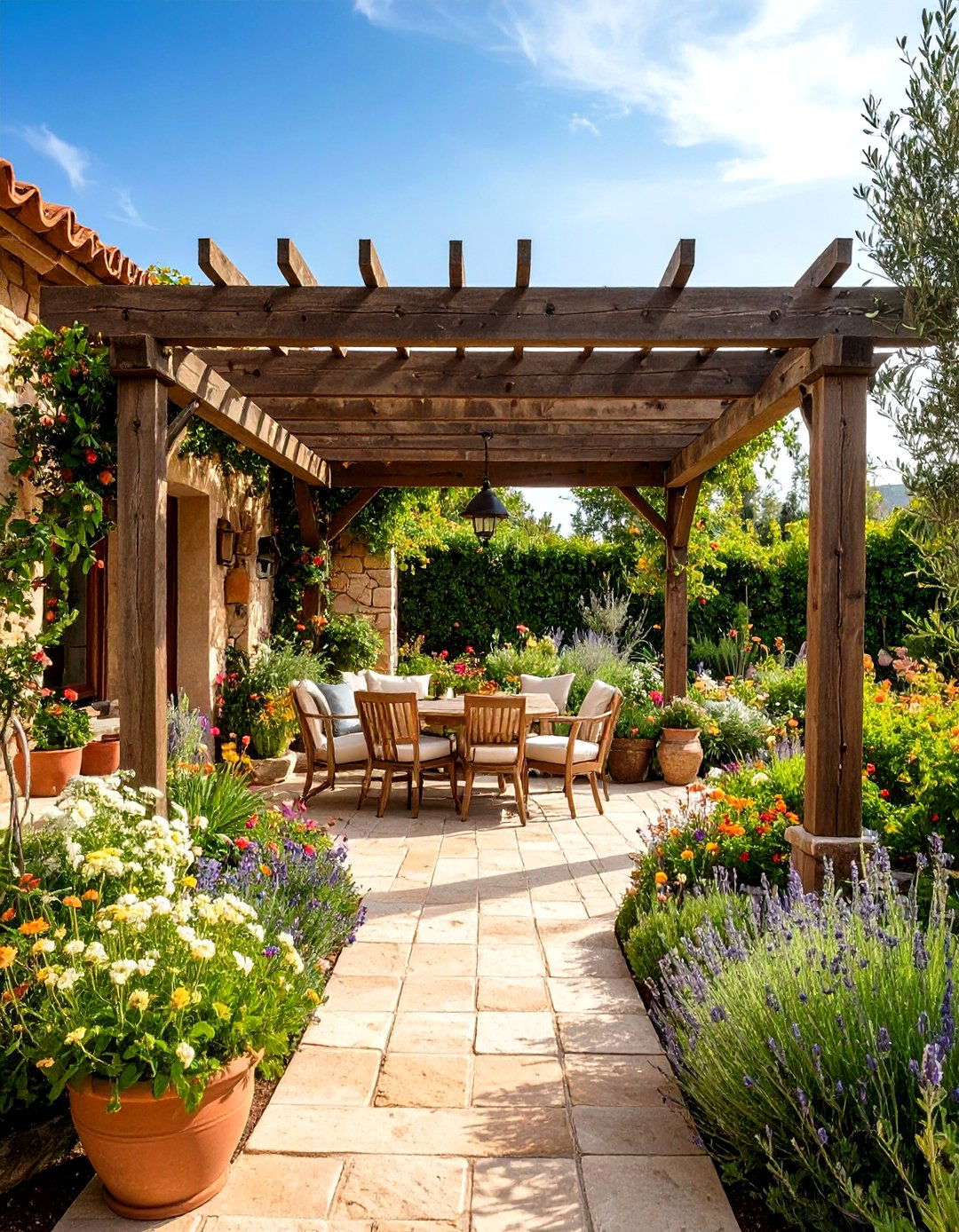
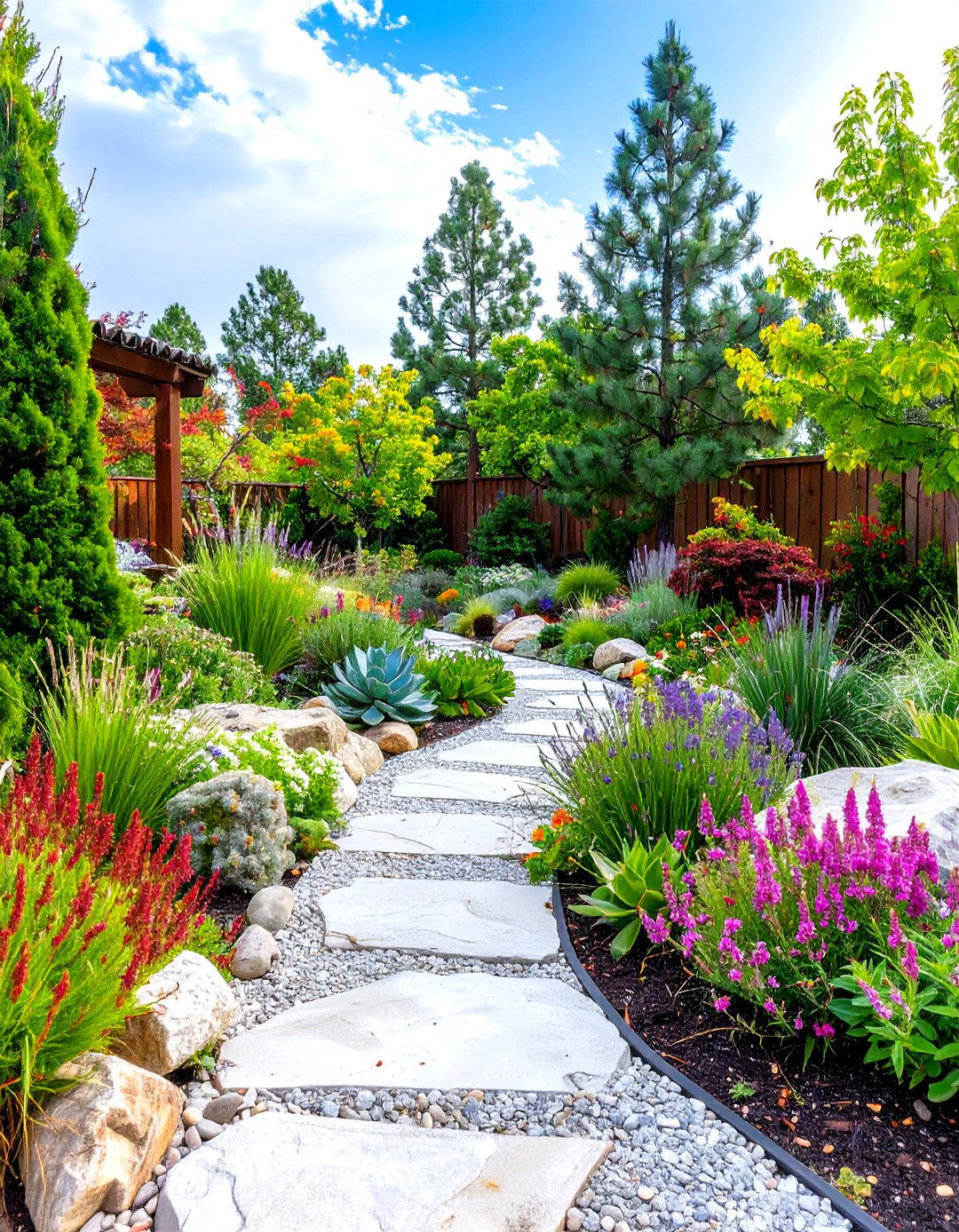
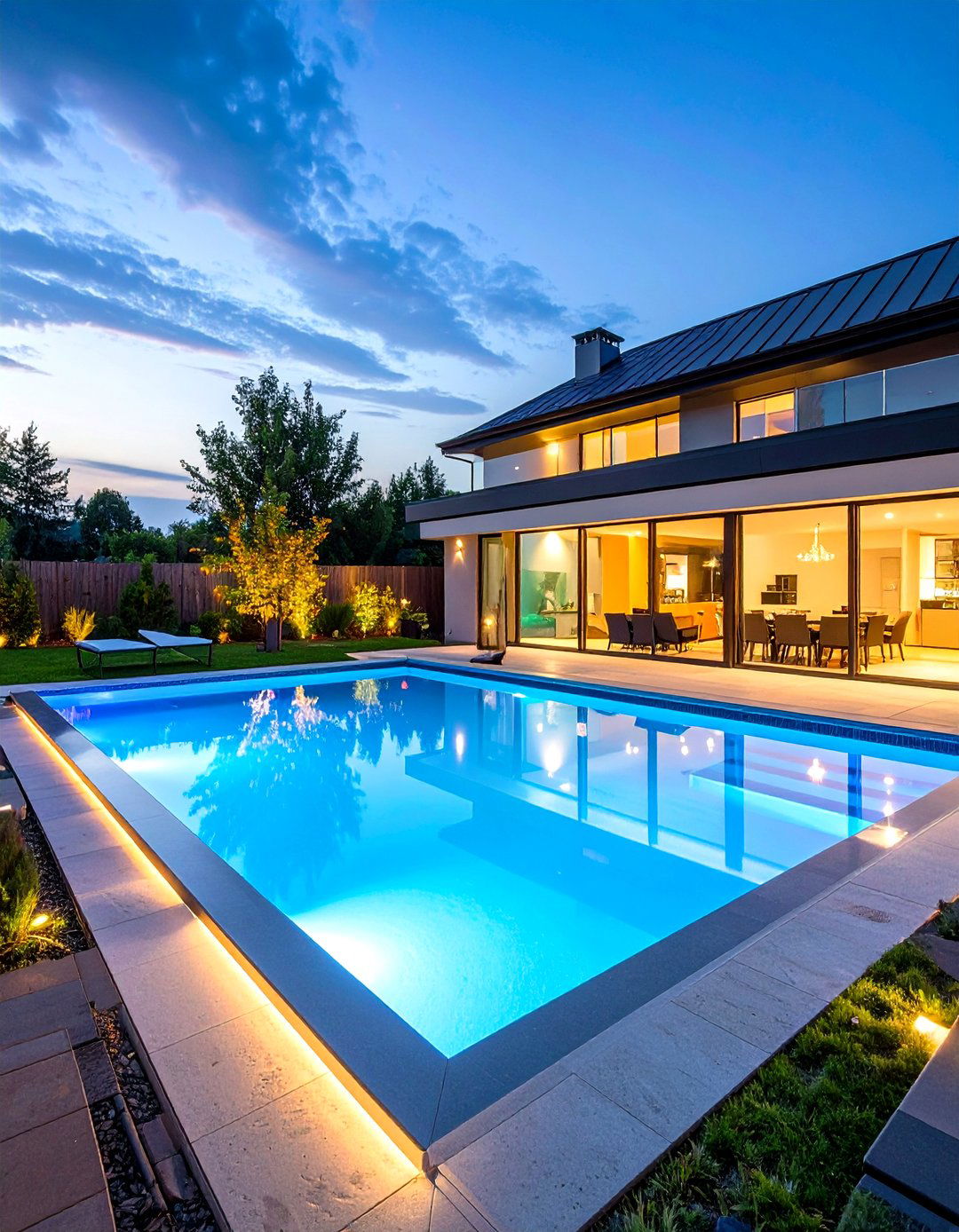
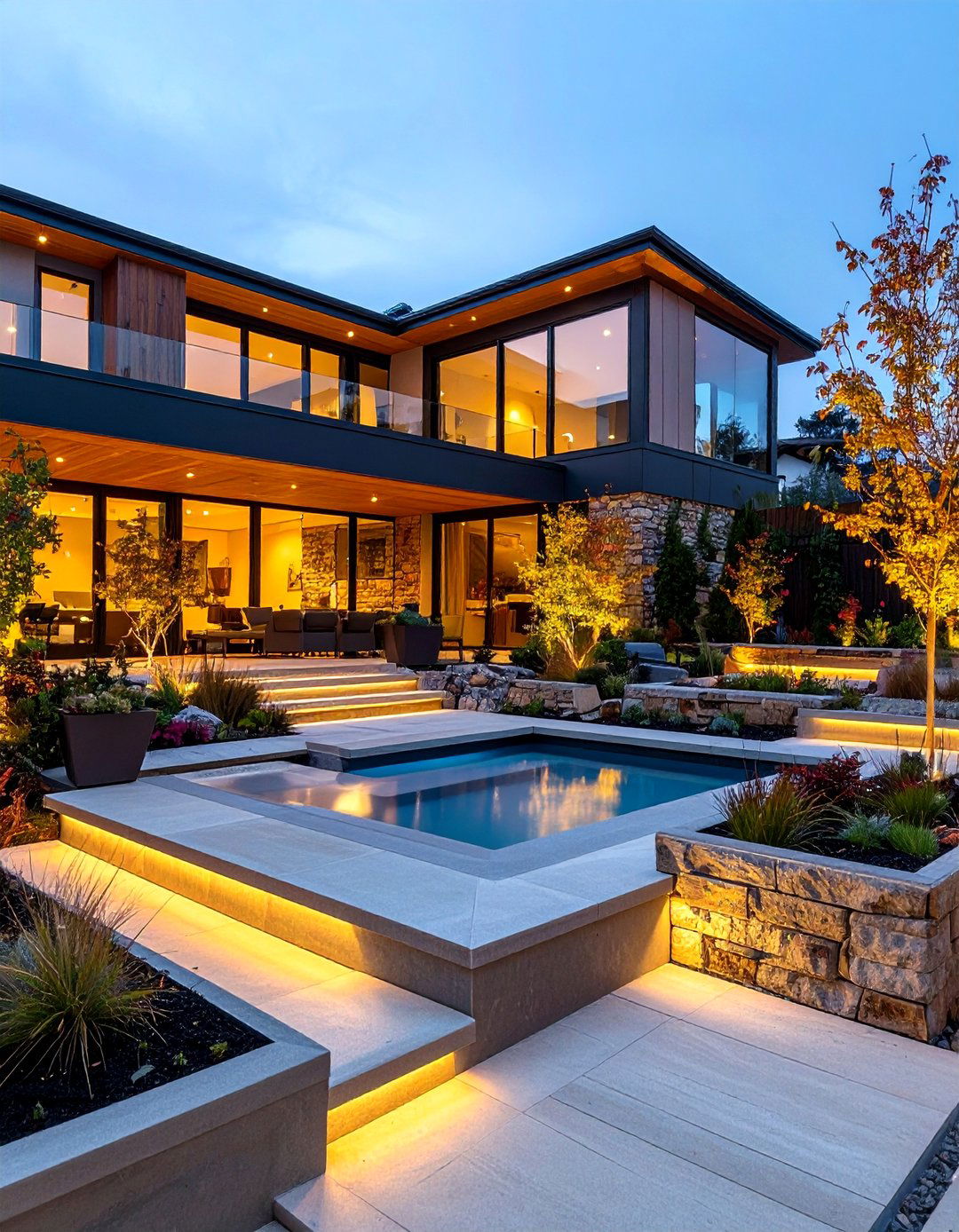
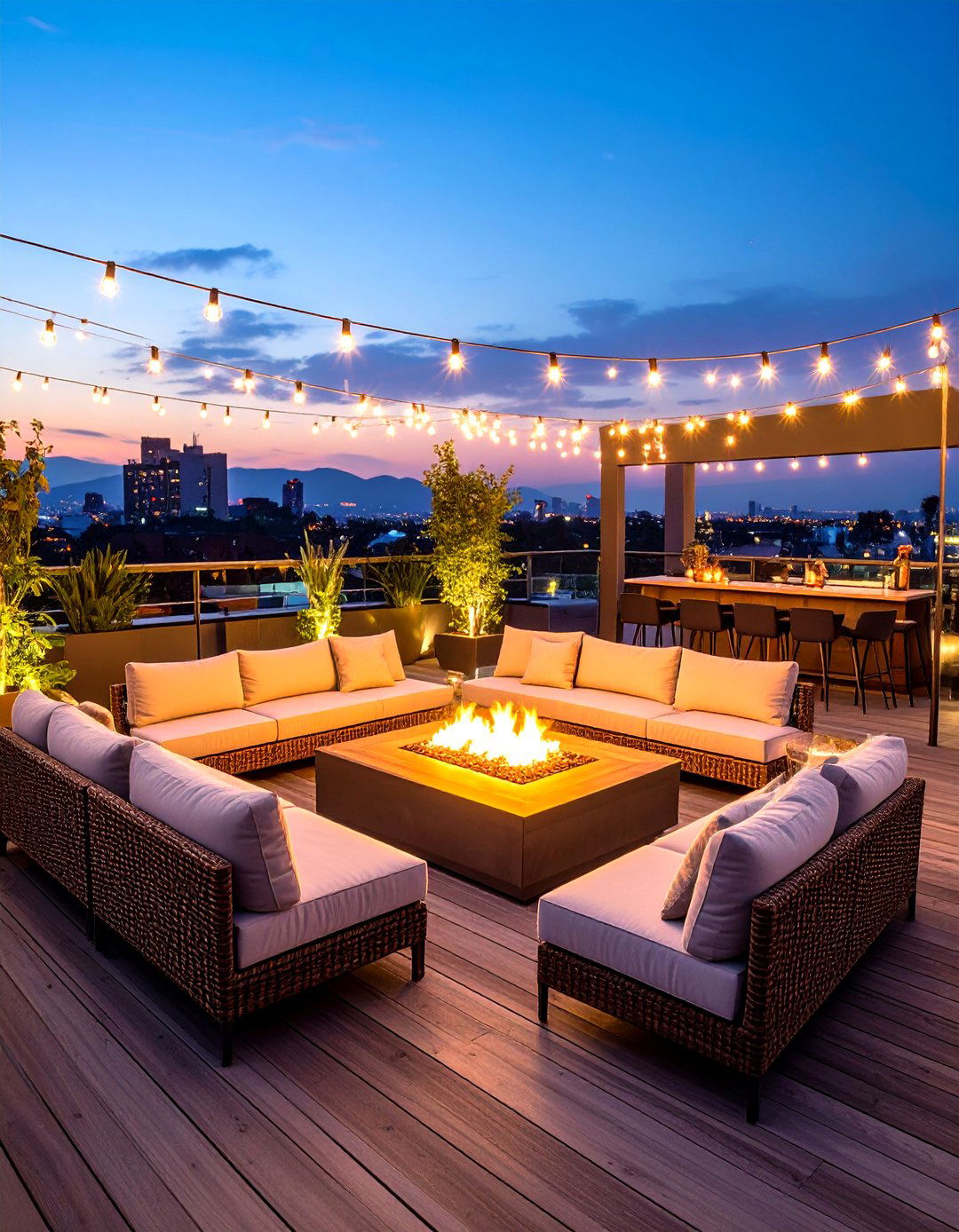
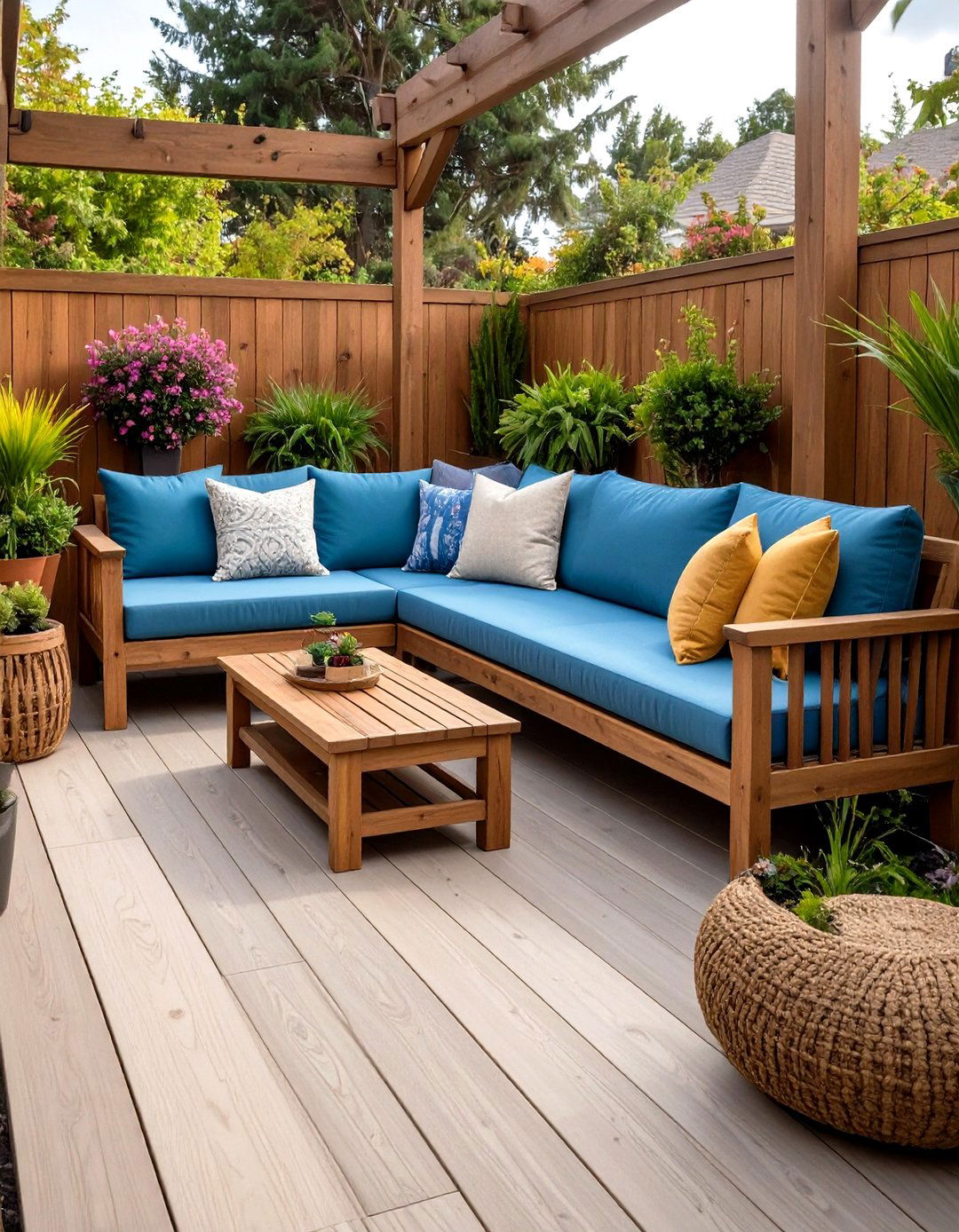

Leave a Reply